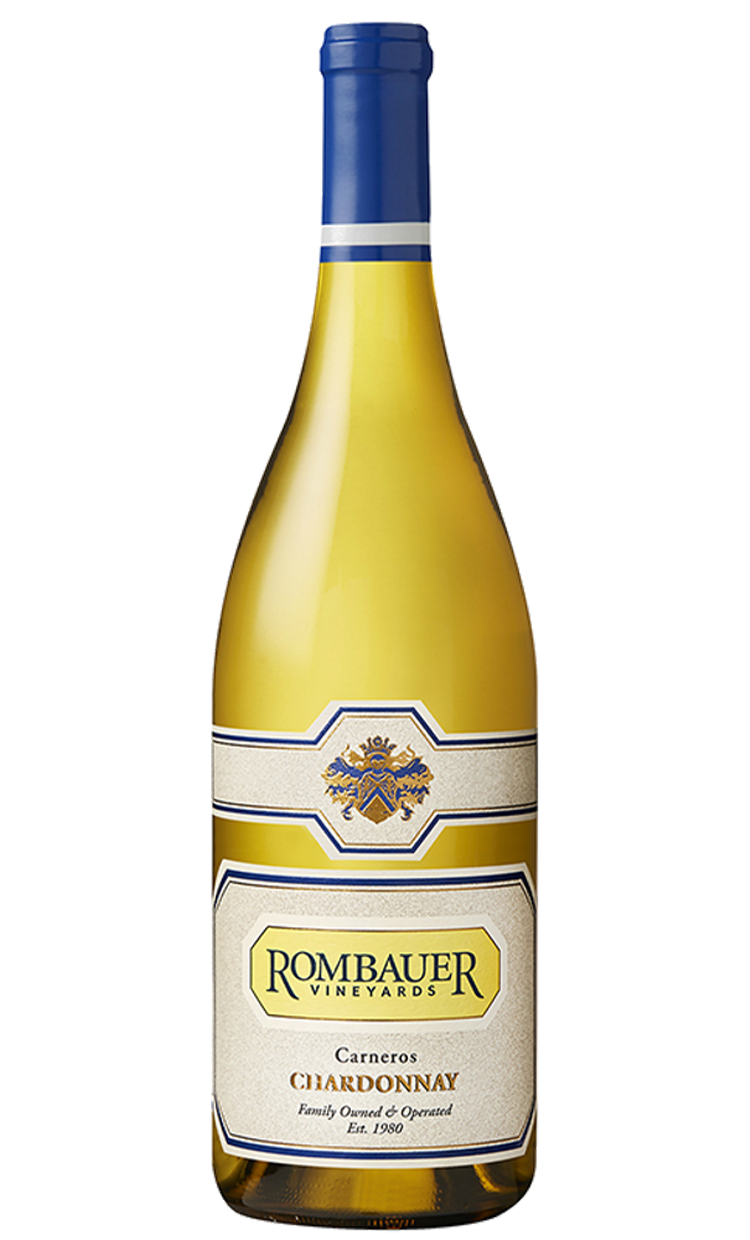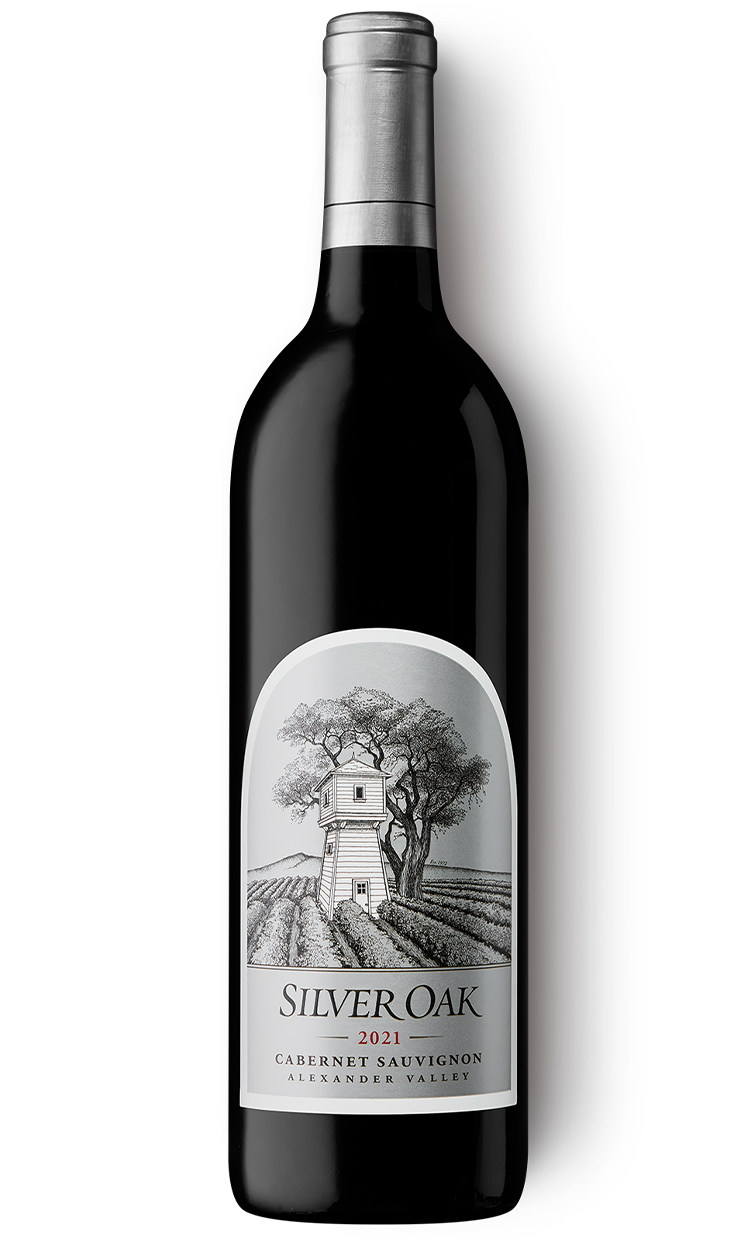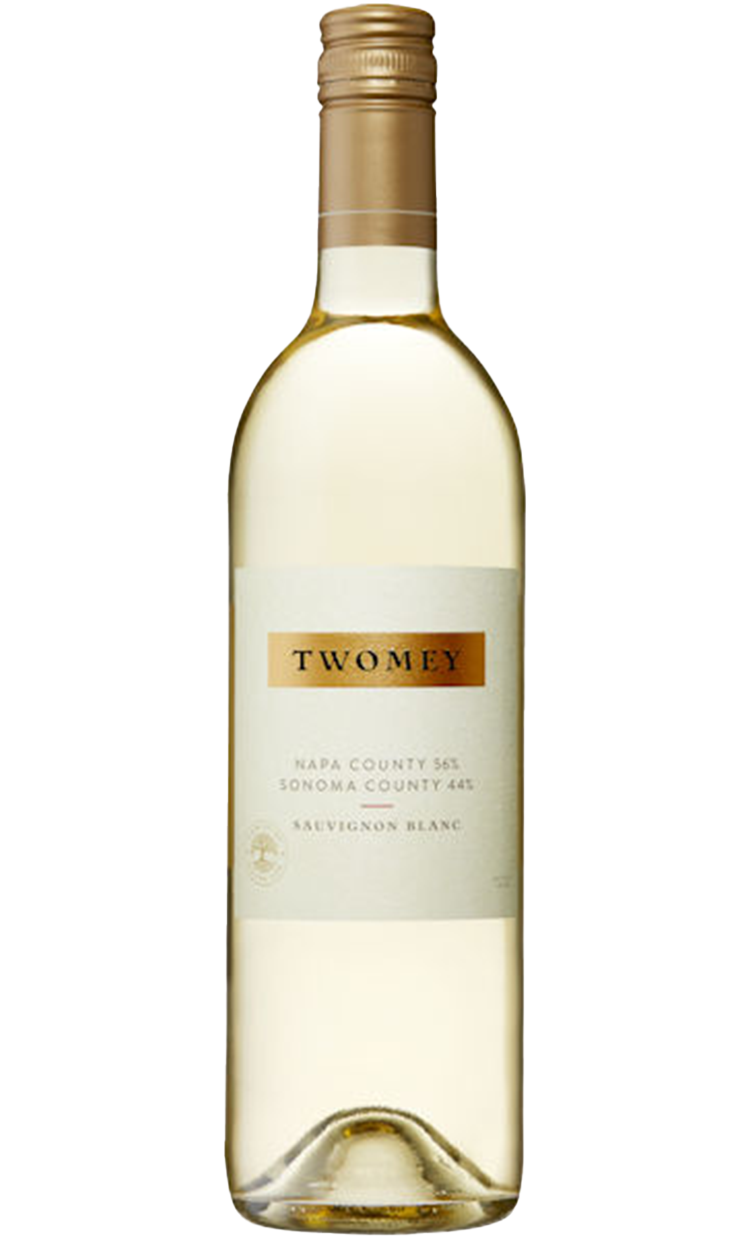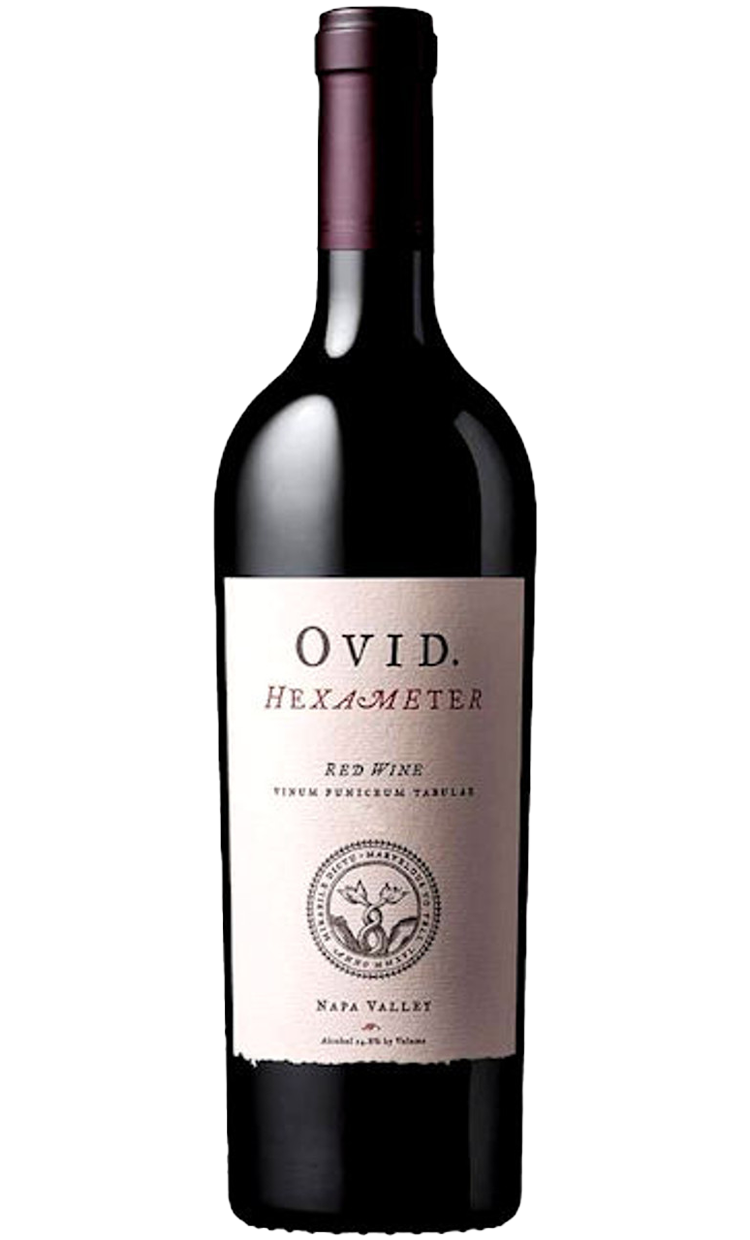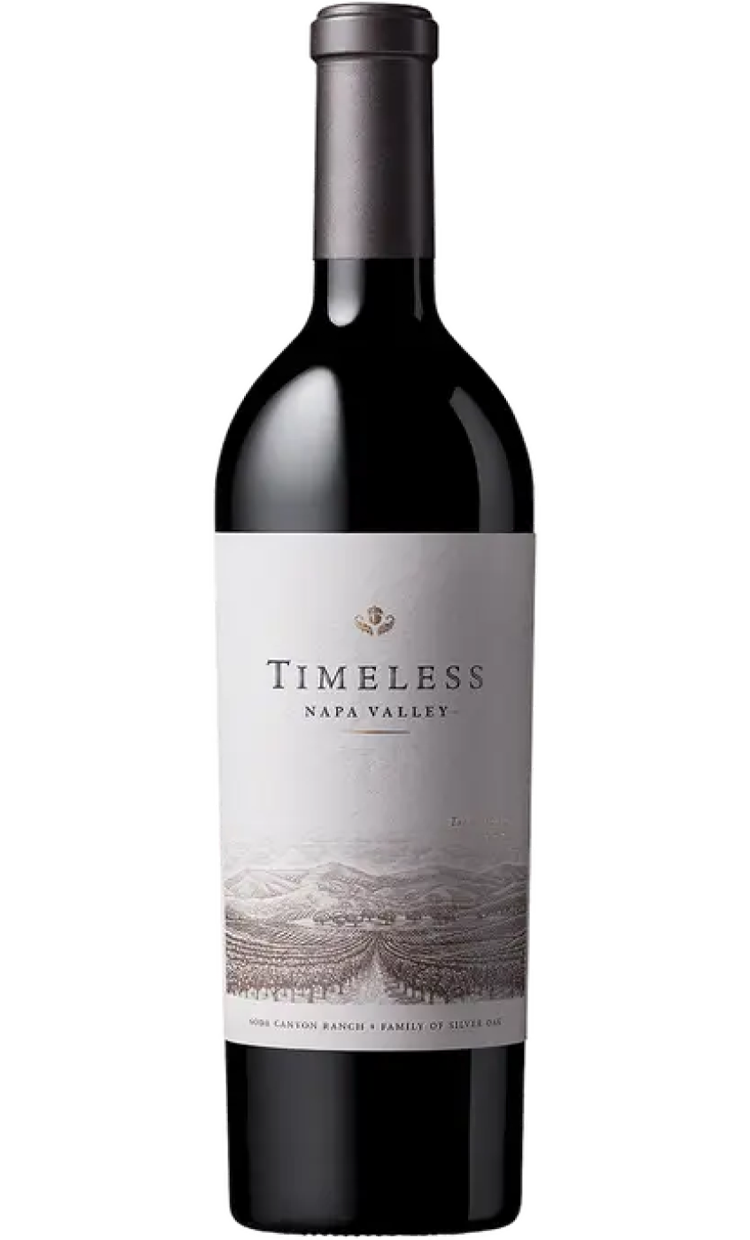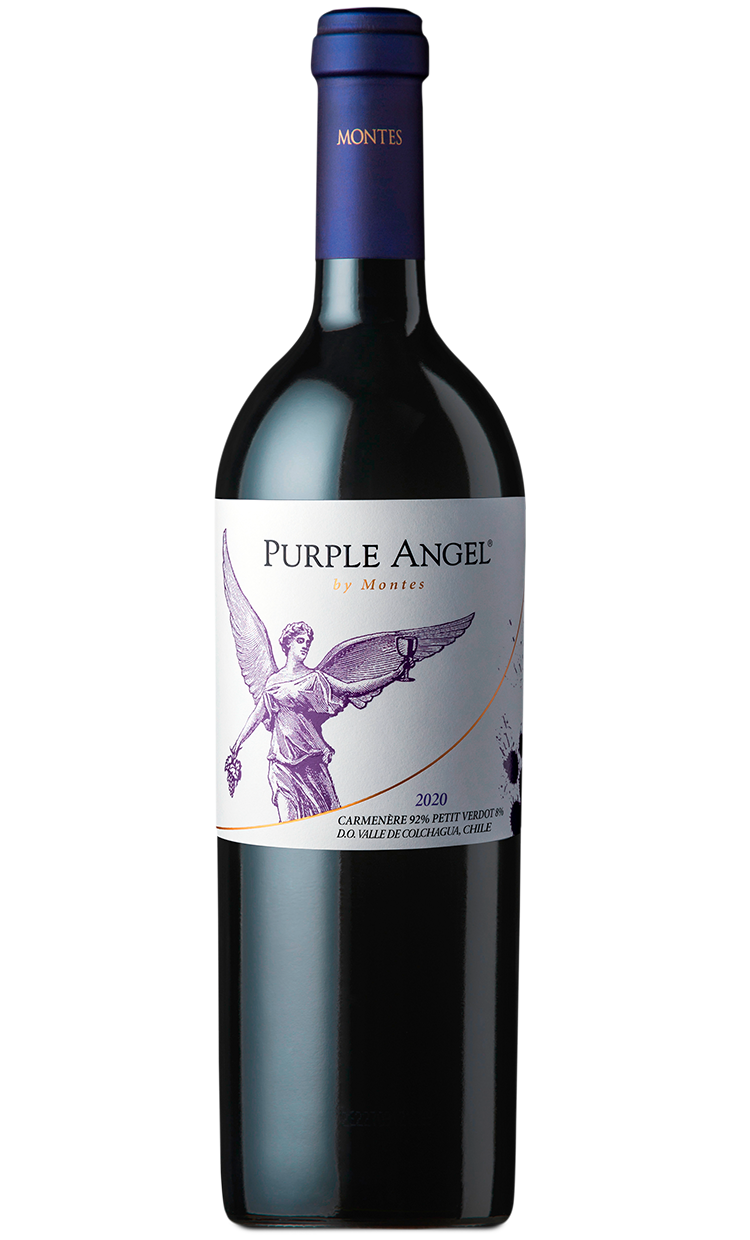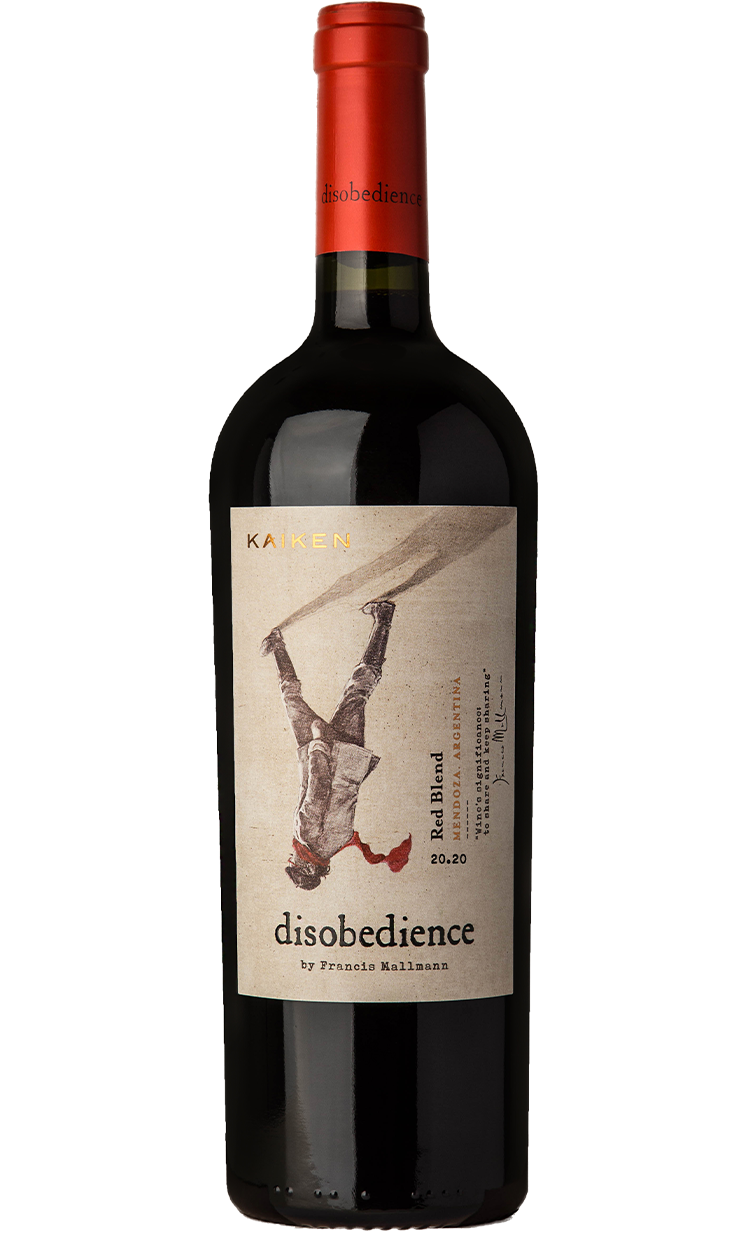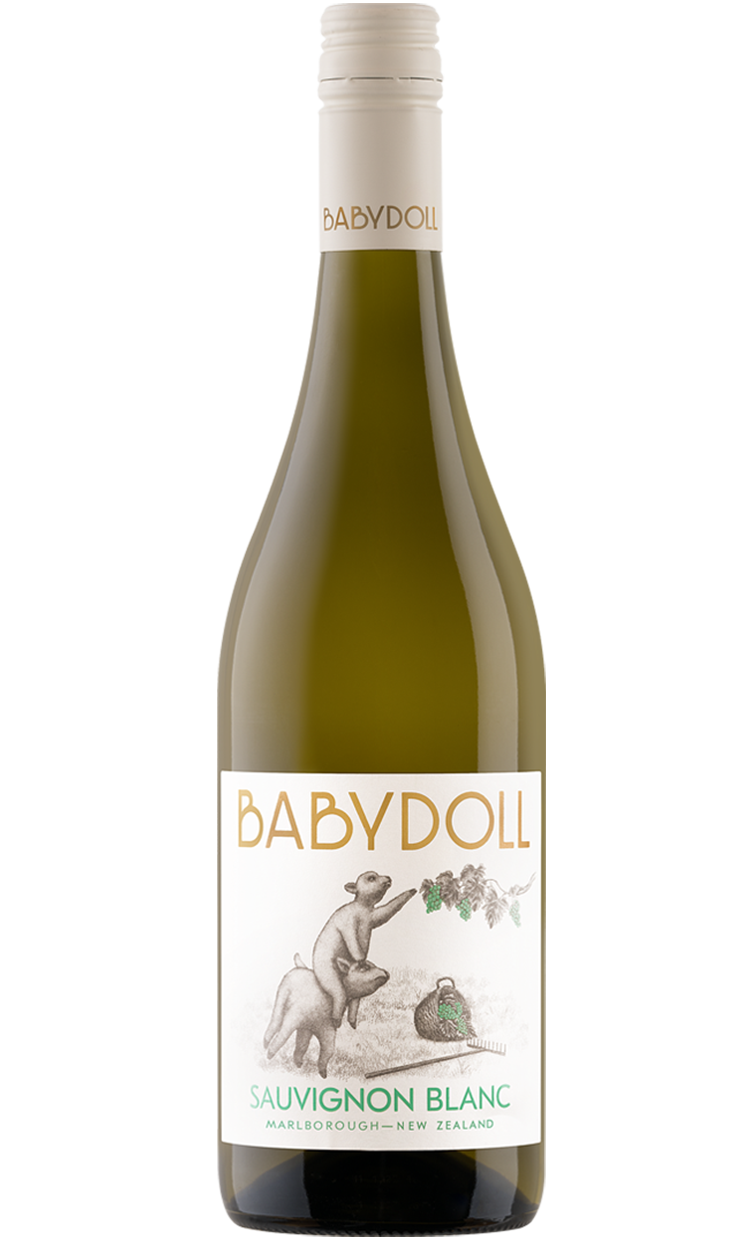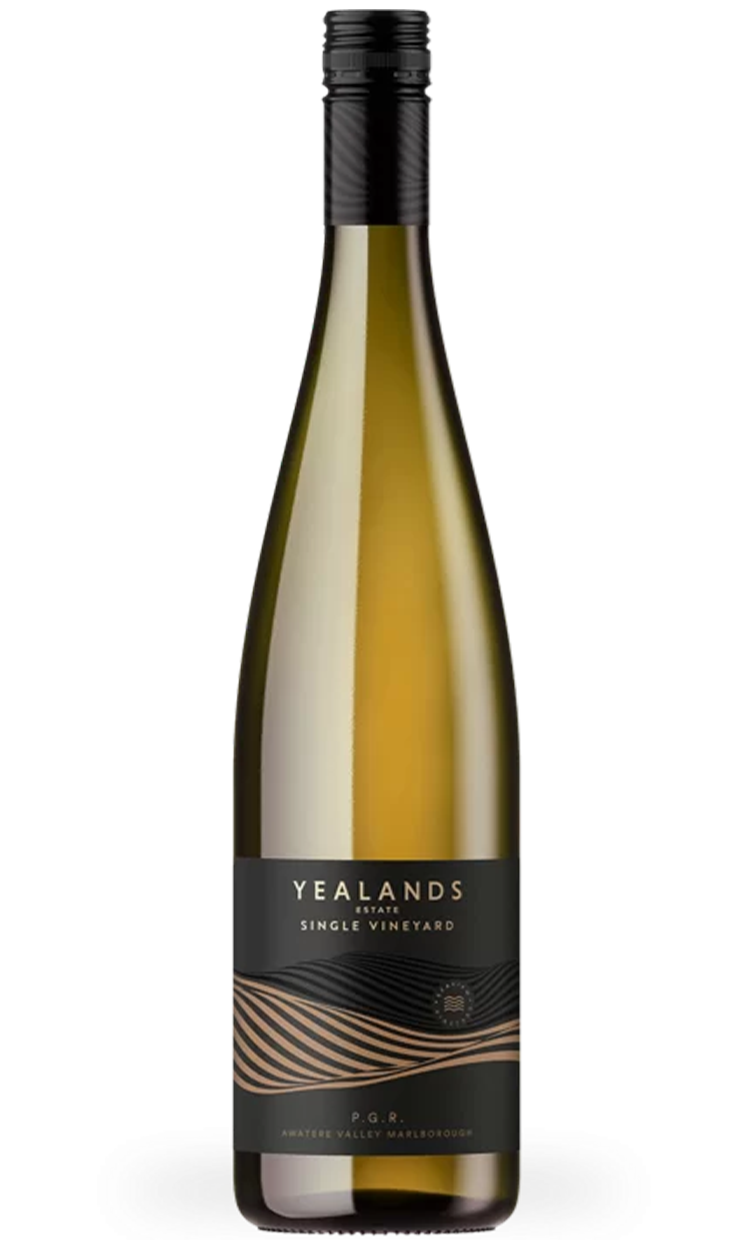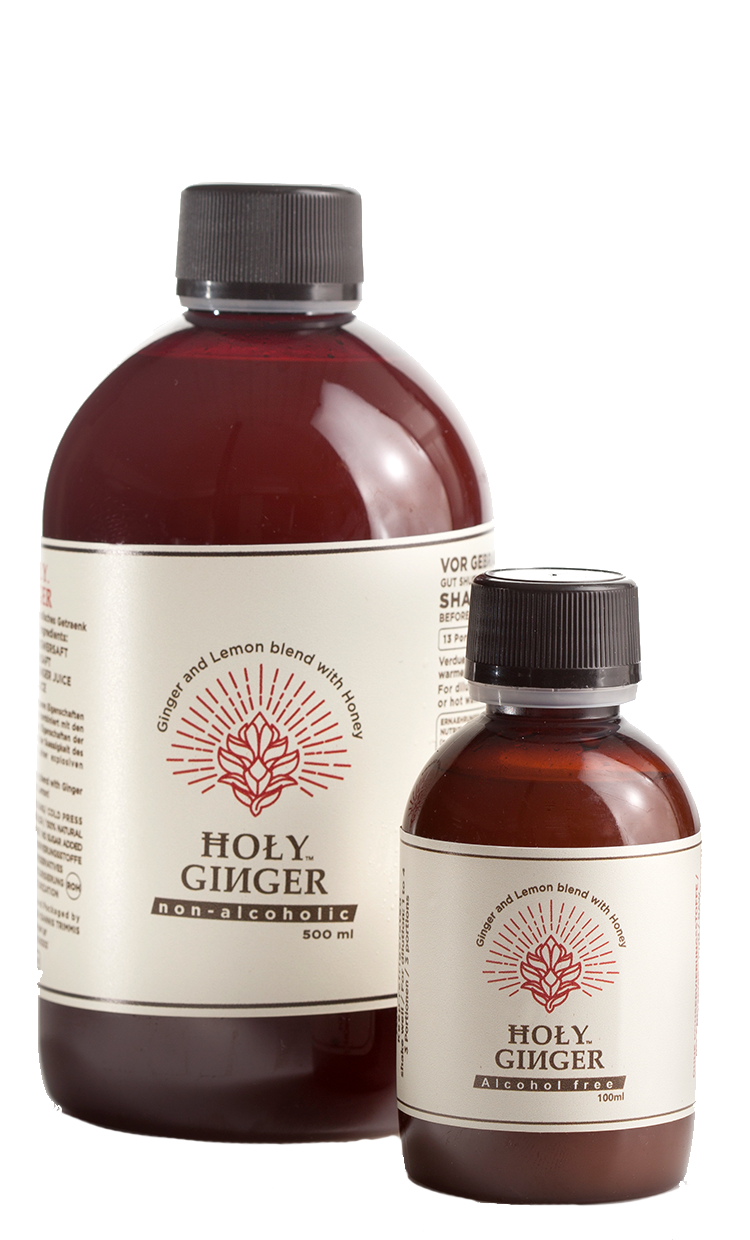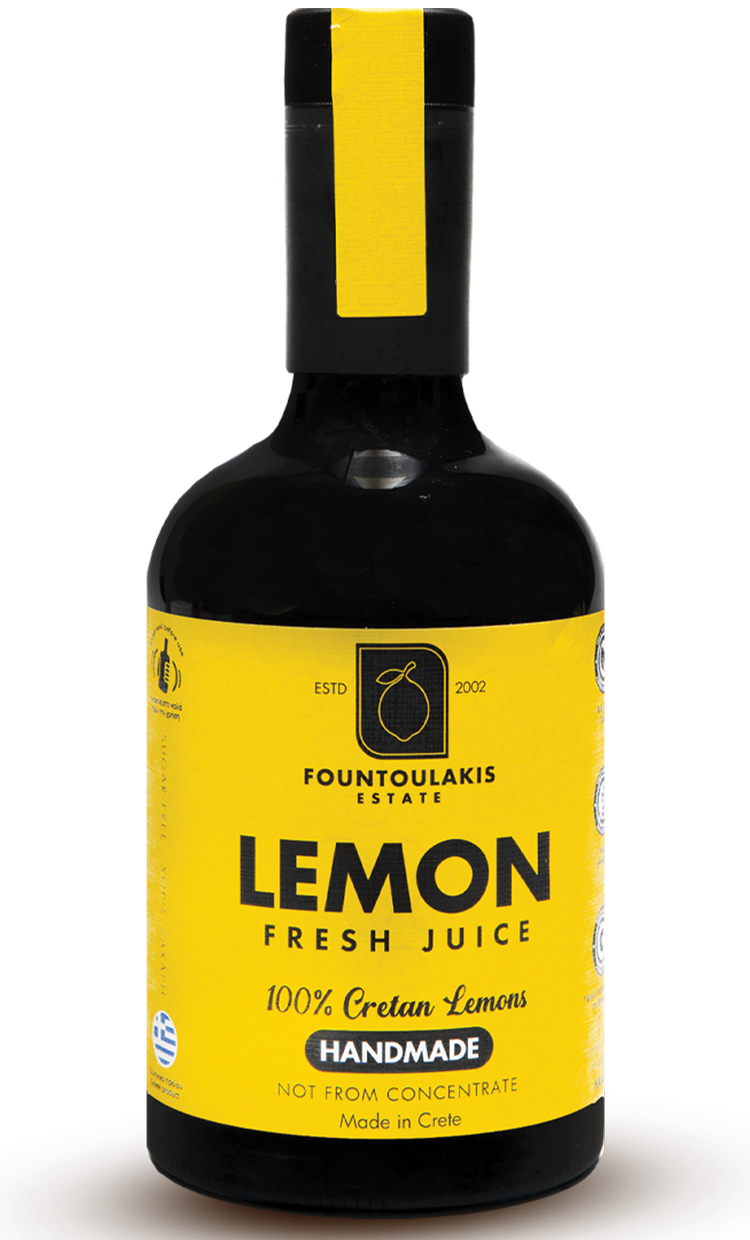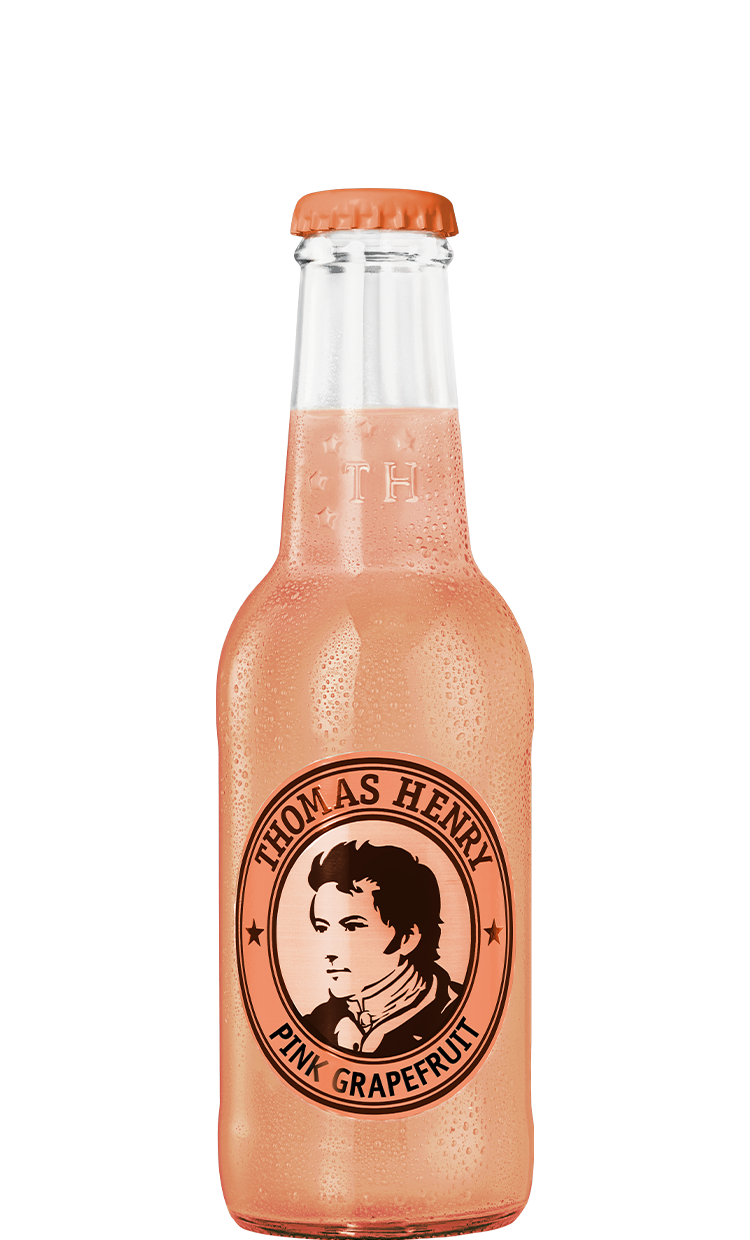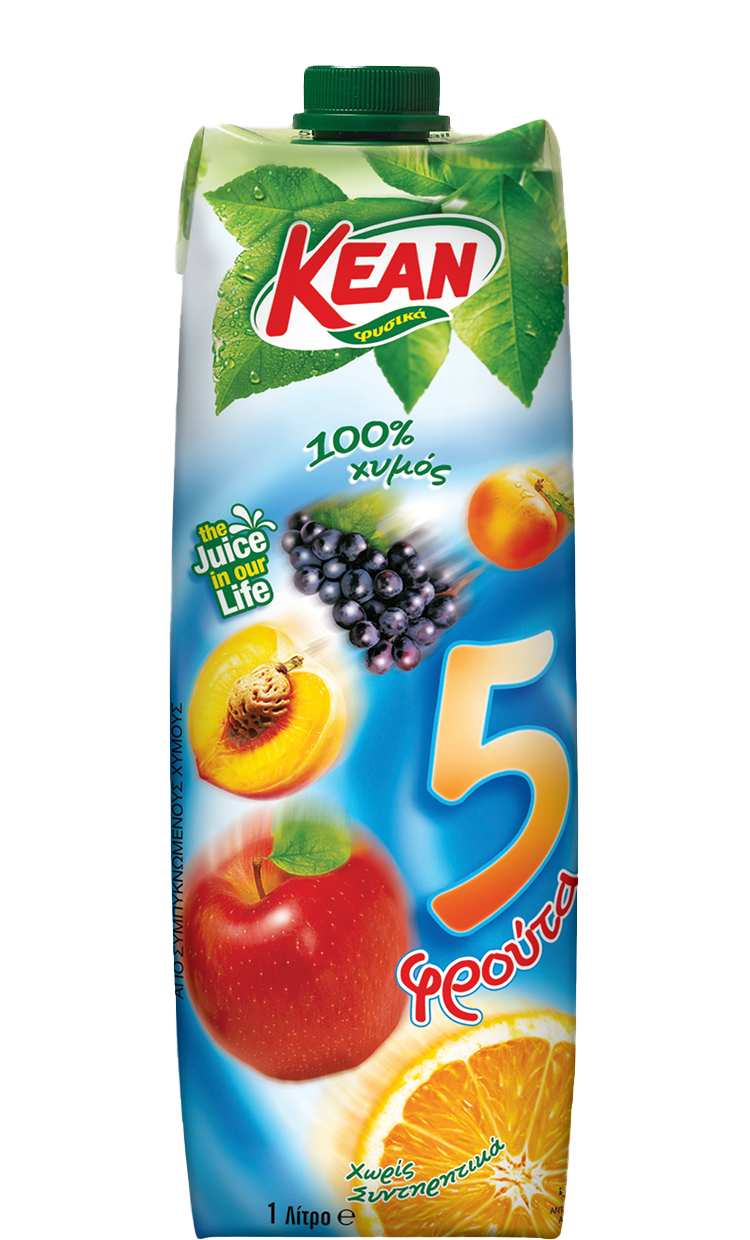
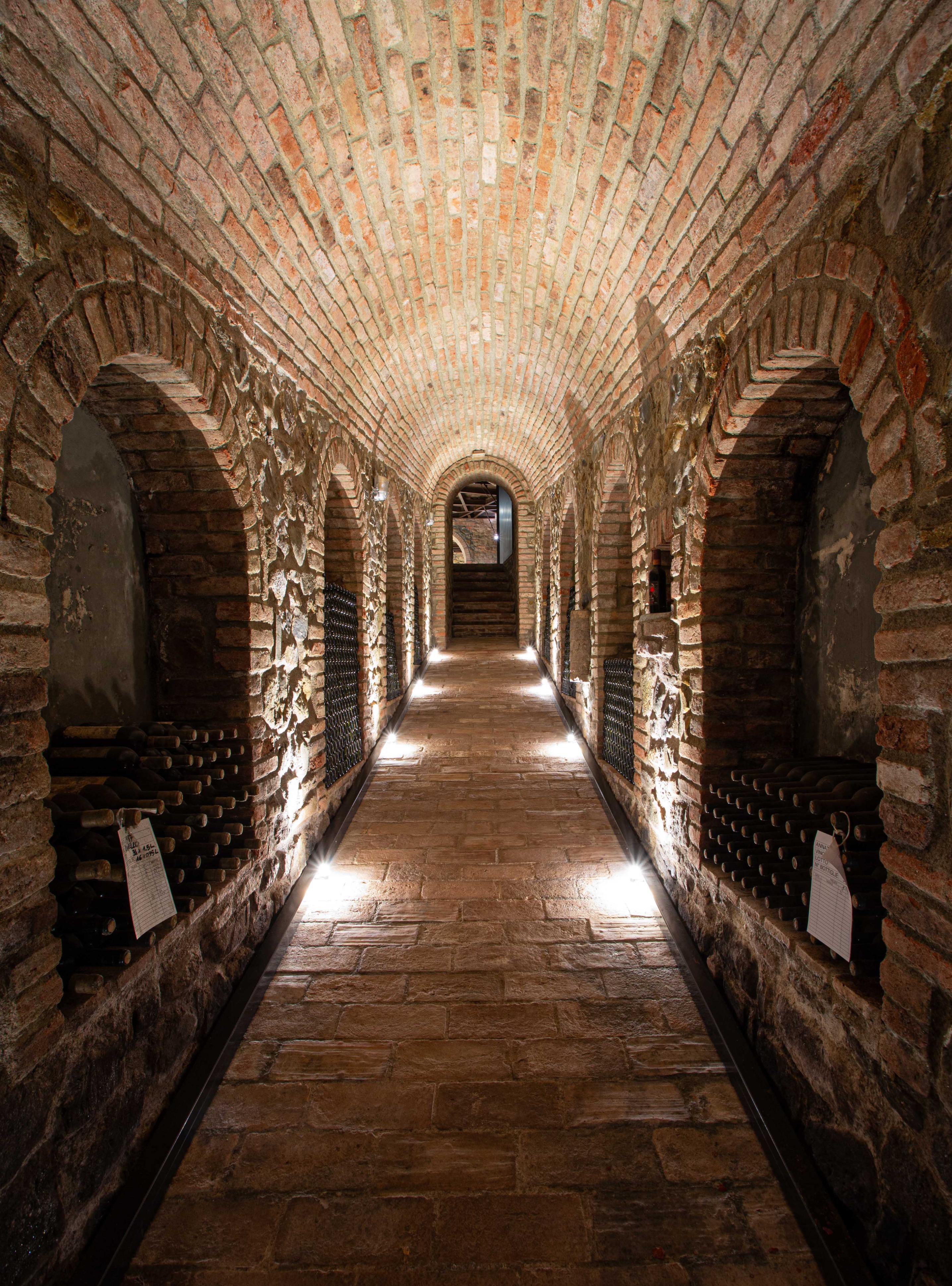
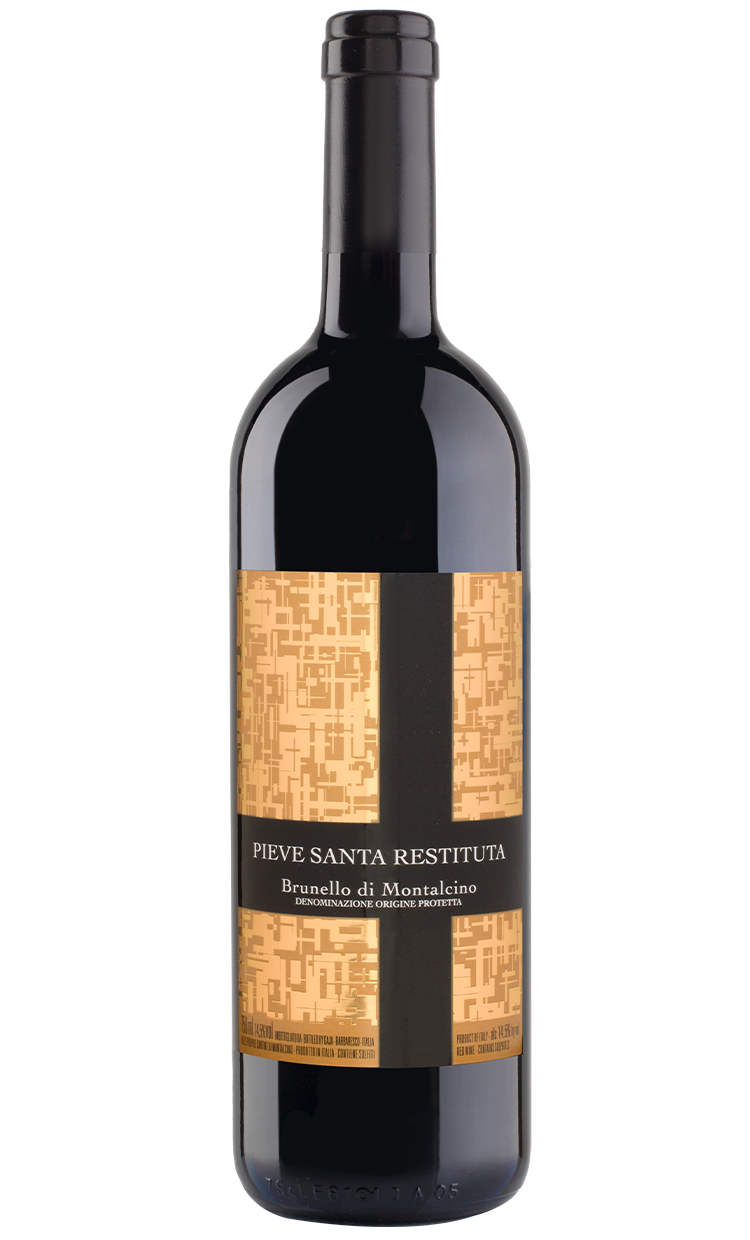

In the 1990s ,the Gaja family decided to undertake a new project in Montalcino, home of the famed Brunello wine. There are obvious parallels between Nebbiolo and Sangiovese; they are indigenous varieties used to produce two of Italy's most prestigious wines, and both are celebrated for their uniqueness and history. The search for the right terroir ended in 1994 with the purchase of the historical Pieve Santa Restituta winery in Montalcino.
The winery is in a particularly privileged position, consisting of 35 hectares of vineyards facing south and south west. The altitude ranges from 320 to 350m above sea level. The Eocene age hills face the sea and are characterized by an extremely windy, dry, and bright microclimate, which prevents damp stagnation and allows the grape to fully ripen.
Since acquiring the land in 1994, the Gaja family has transformed the vine growing methods and aligned the vineyard practices with their production philosophy. The winery has also been renovated, and Pieve Santa Restituta is now surrounded by greenery, completely refurbished inside, and most of the facility is hidden discreetly underground.
The name of the winery derives from the ancient Pieve(church), situated in the middle of the estate, whose foundations date back to the 4th century AD.
With a cross in the centre, the labels honour the historic connection between the church and the estate and evoke the signature colors of the Gaja family - black and white.

A small quantity of the grapes from the Rennina and Sugarille vineyards are blended with grapes from the 9 hectare vineyard in Torrenieri, in the northeastern area of Montalcino. The soil in Torrenieri is a mixture of clay, tuff, and sand, while the soil in Rennina and Sugarille is clay and calcareous.
The grapes from the different vineyards ferment and macerate separately for around three weeks. After 24 months of ageing in oak, they are blended and then aged for another 6 months in concrete vats.
Brunello di Montalino has an intense colour, expressive nose, with cherry, aromatic herbs, floral, and juniper notes. On the palate , it reveals mature tannins, balanced acidity, rich structure, and lingering finish.
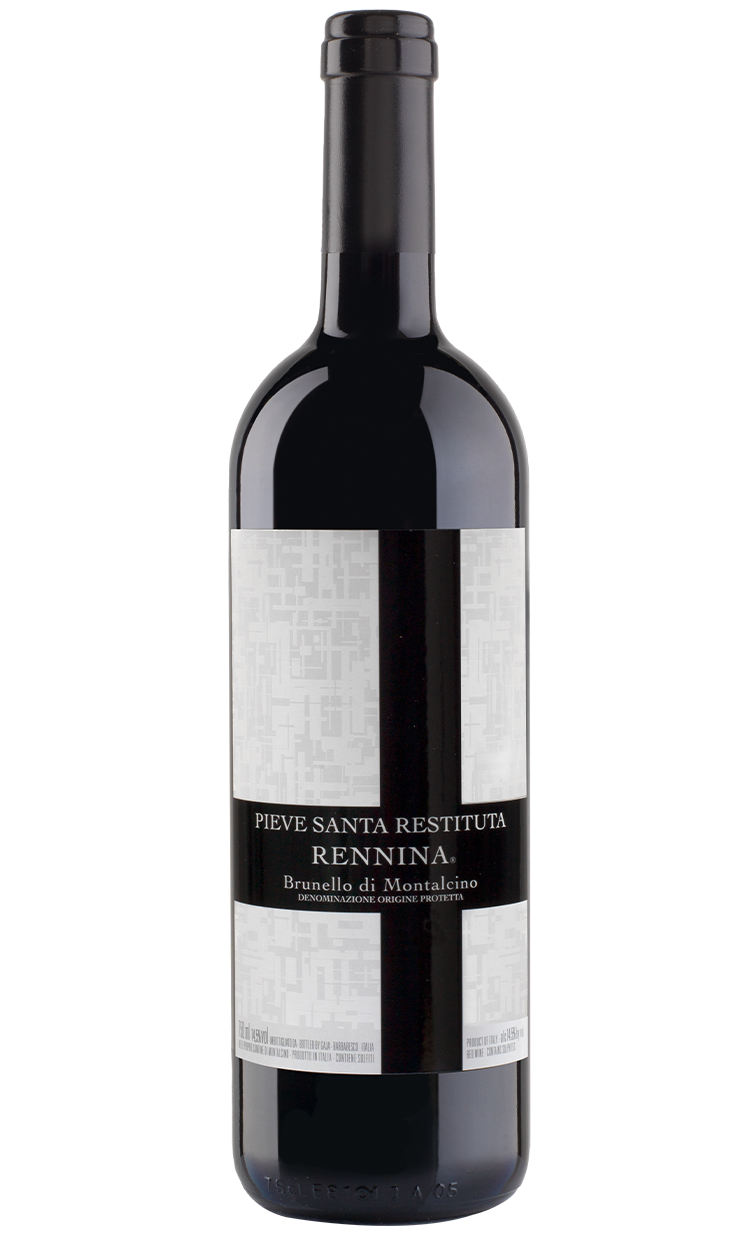
This name originates from the Latin word Remnius, the name of a Roman legionnaire that lived here. Rennina is a blend of three non-contiguous vineyards surrounding the parish church. The soil dates to the Eocene age and consists mainly of sand, tuff and clay. It covers an overall surface area of 15 hectares, facing south and south-west.
The grapes from the different vineyards are fermented and macerated separately for around three weeks. After 24 months of ageing in oak, they are blended and then aged for another 6 months in concrete vats.
It has an intense colour, with a full bouquet of soft fruity, floral, and delicate spicy notes. The taste has a balanced body with smooth and well -integrated tannins that ensure elegance and longevity.
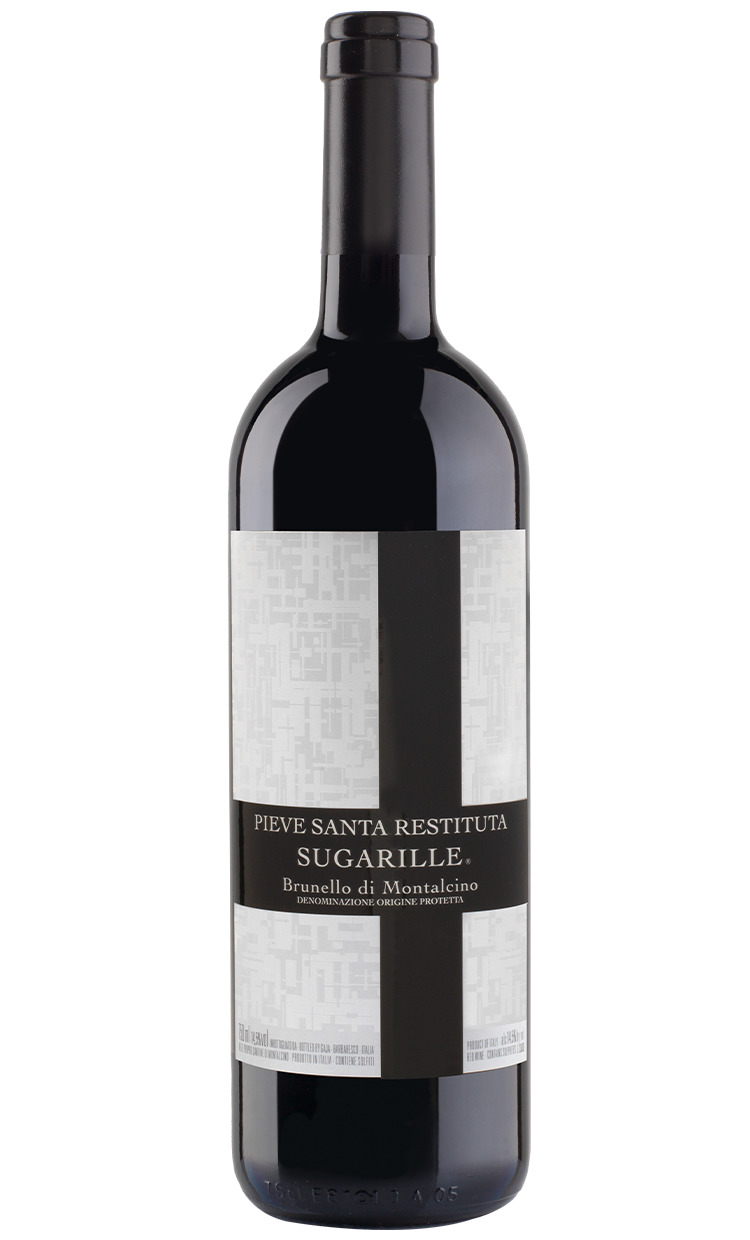
Sugarille is the name of the vineyard as noted in the church documents drafted in1574. A single vineyard facing south and covering a surface area of 6 hectares. The soil is primarily clay and limestone, with the presence of marl.
Fermentation and maceration for around three weeks followed by 24 months of ageing in oak, and another 6 months in concrete vats.
It has an intense colour, complex aroma of ripe fruit, wild cherries, violet, spices and mineral notes. Compact structure with well-integrated tannins.

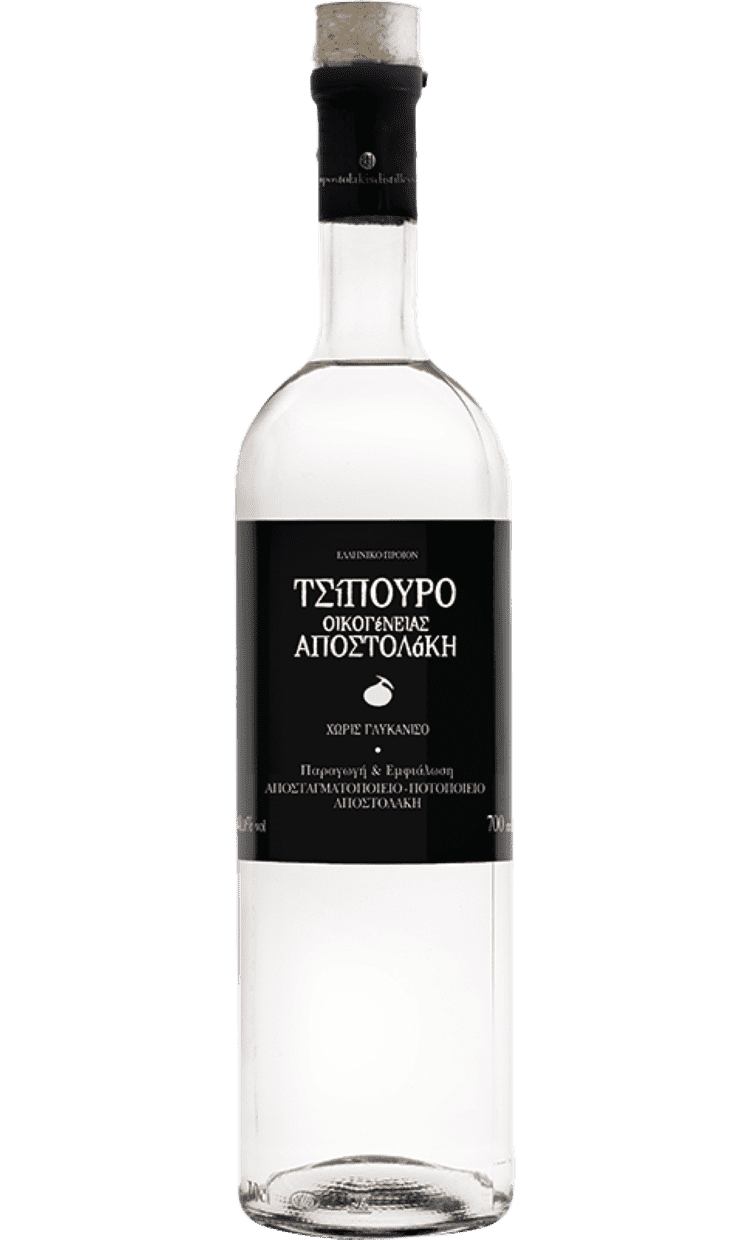
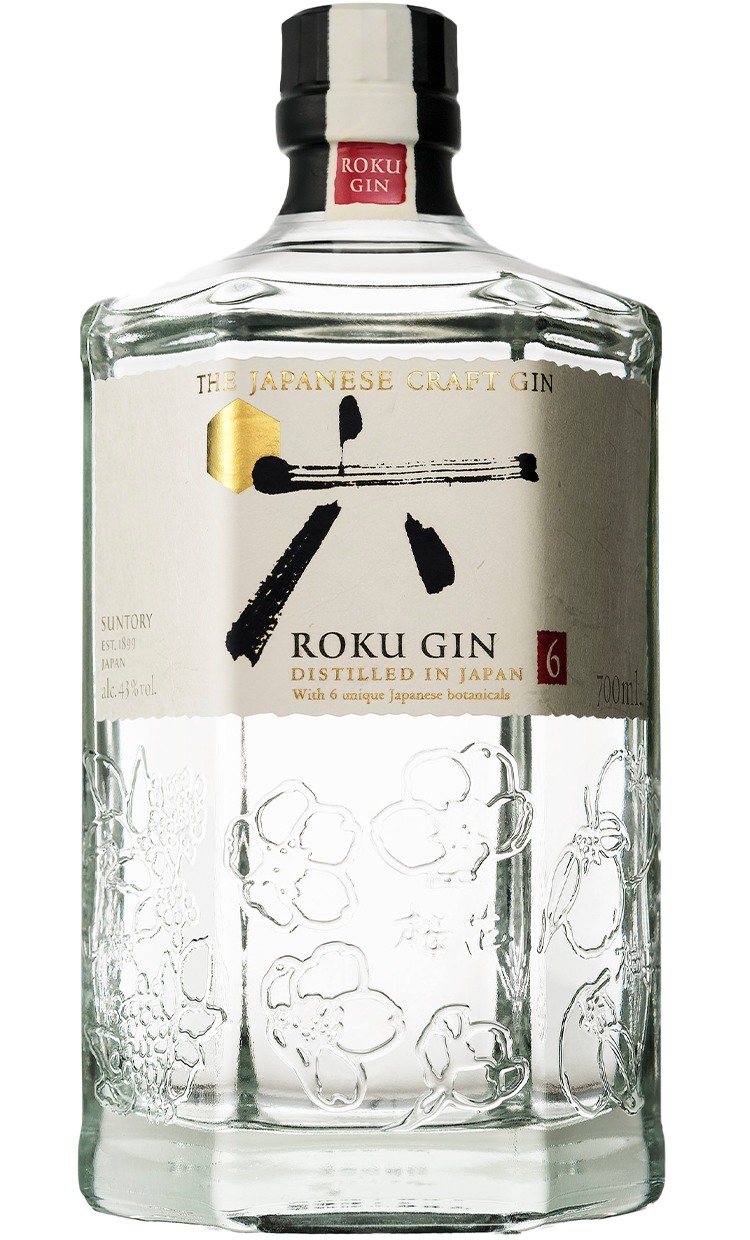
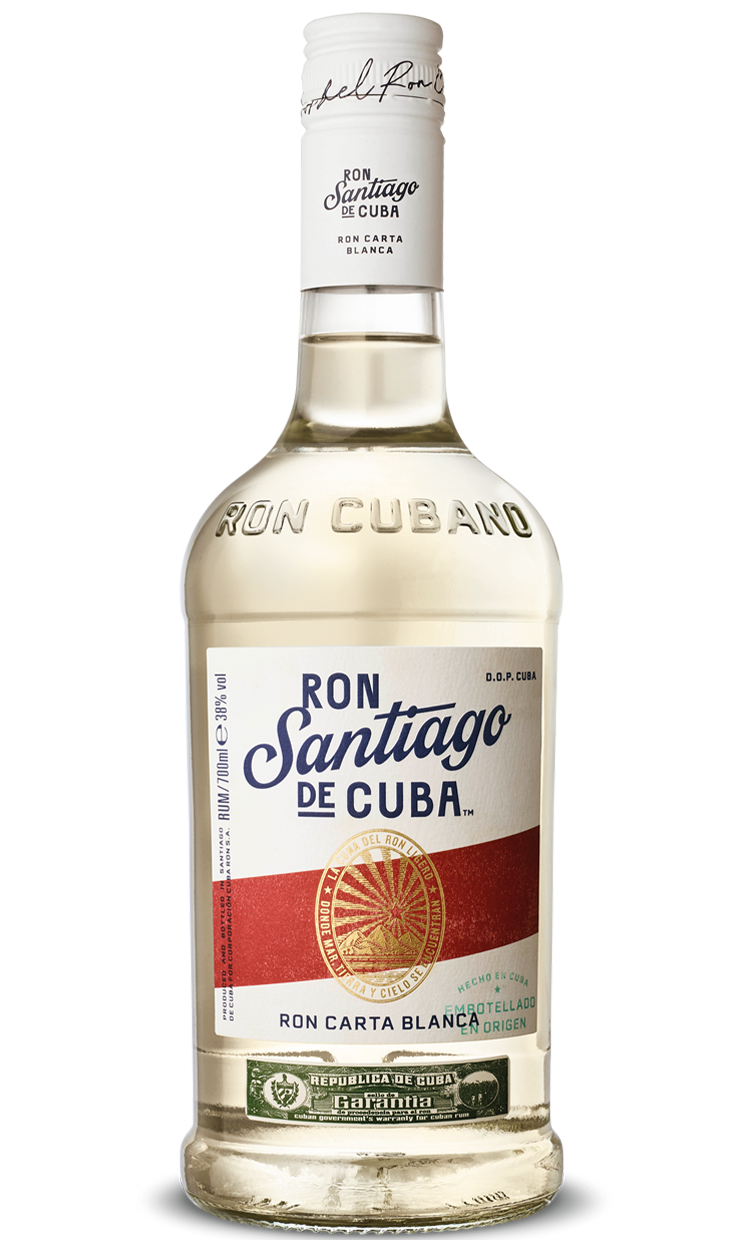
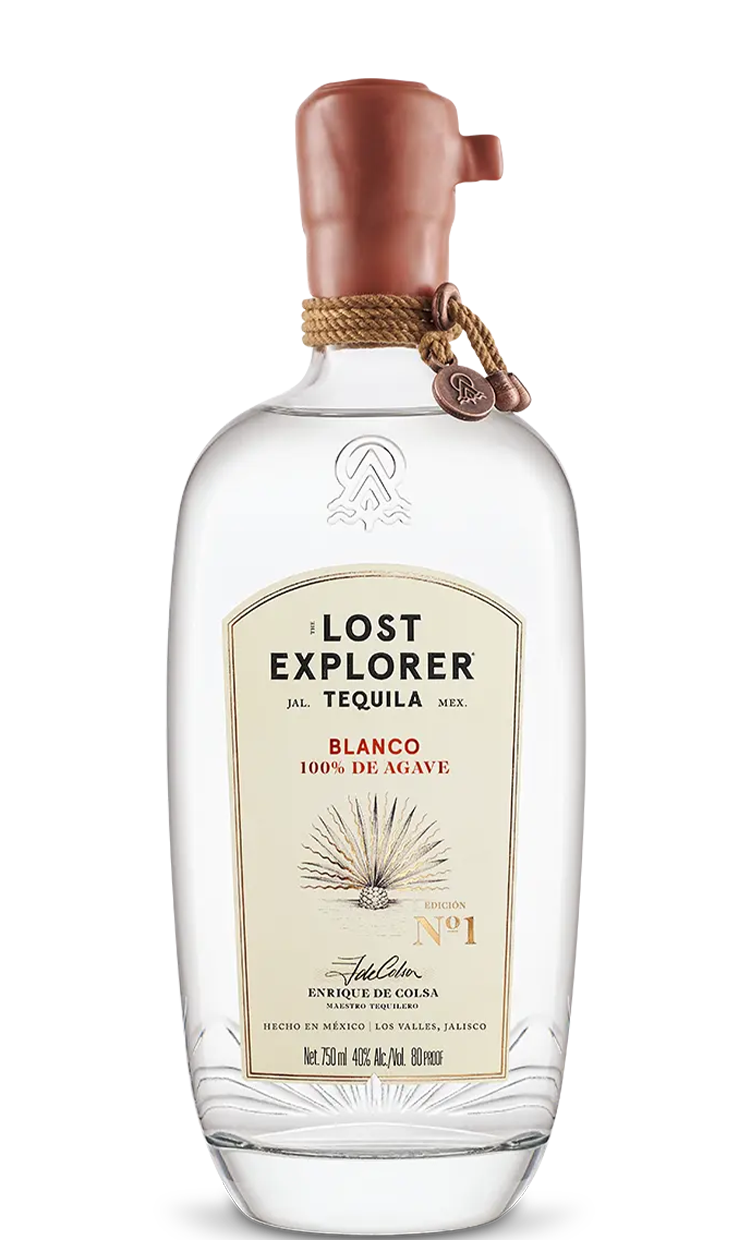
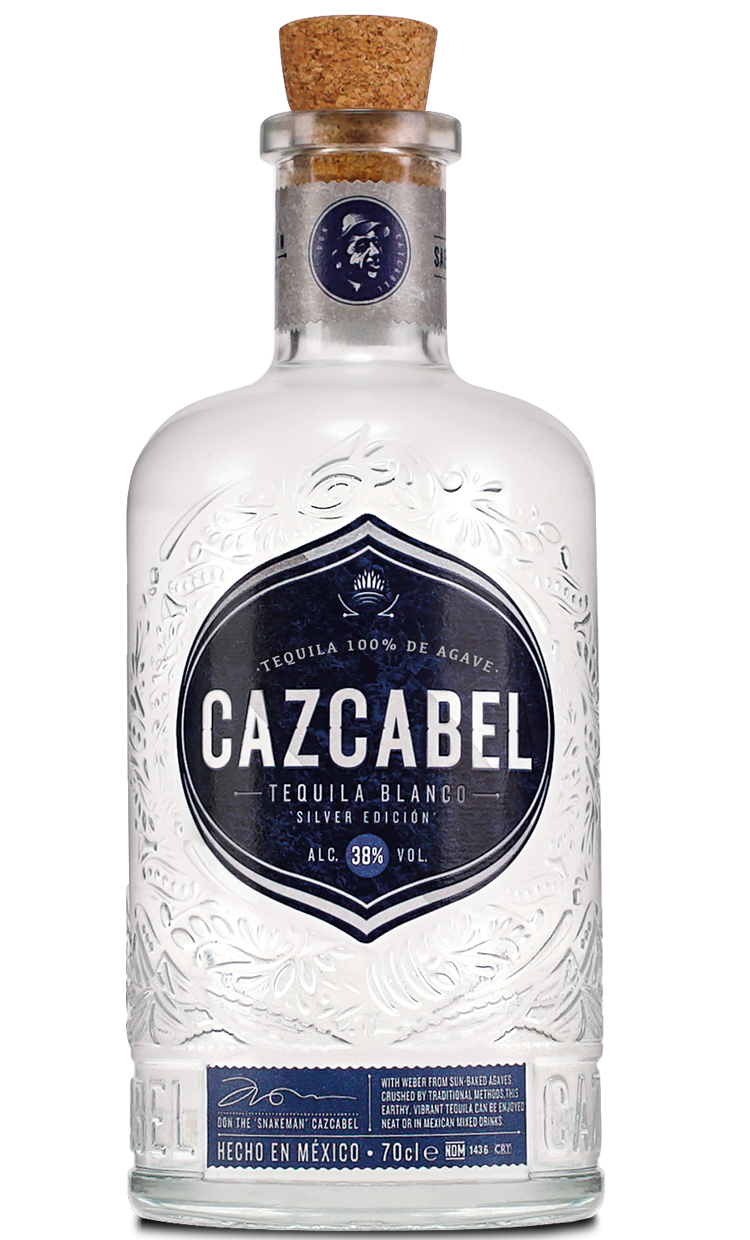
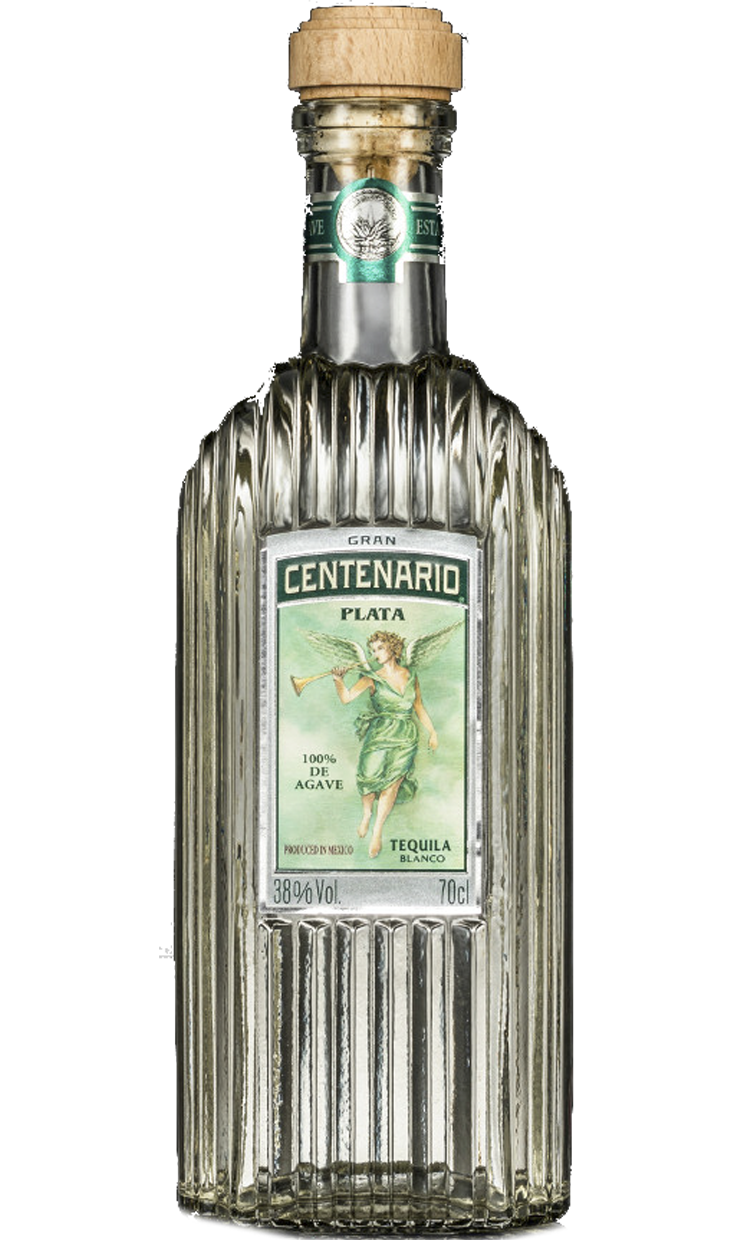
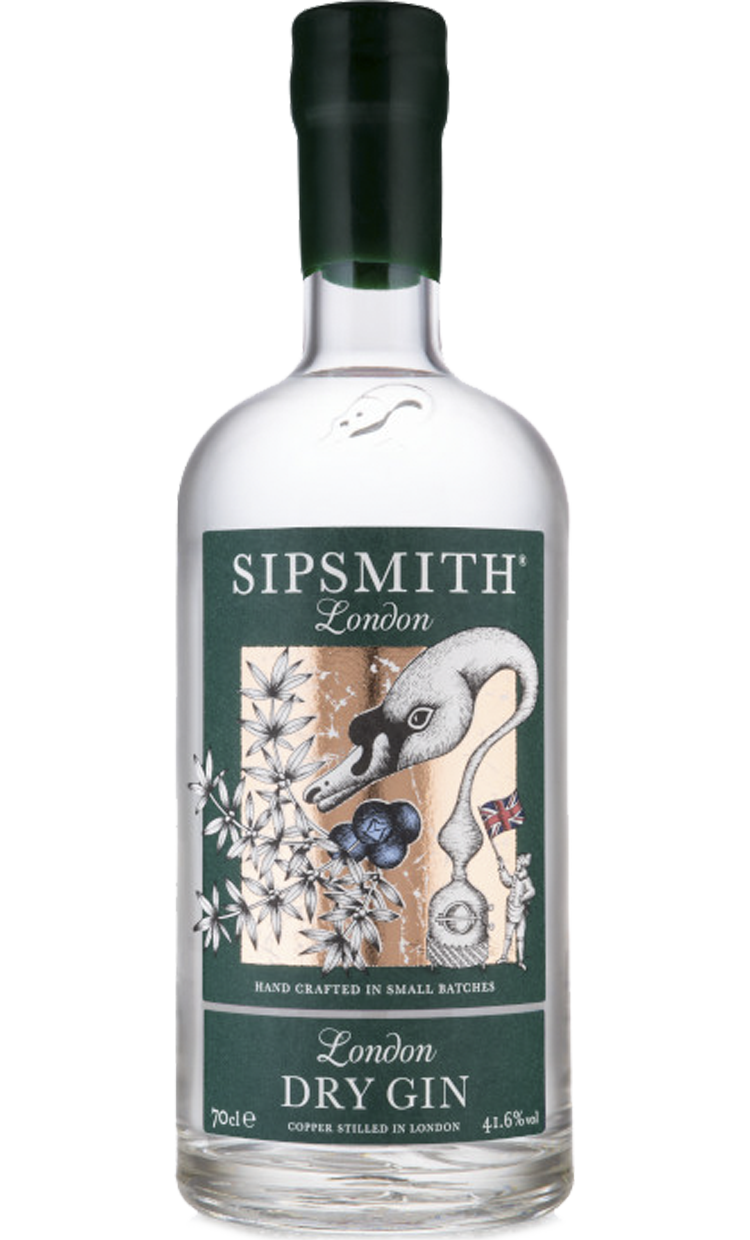
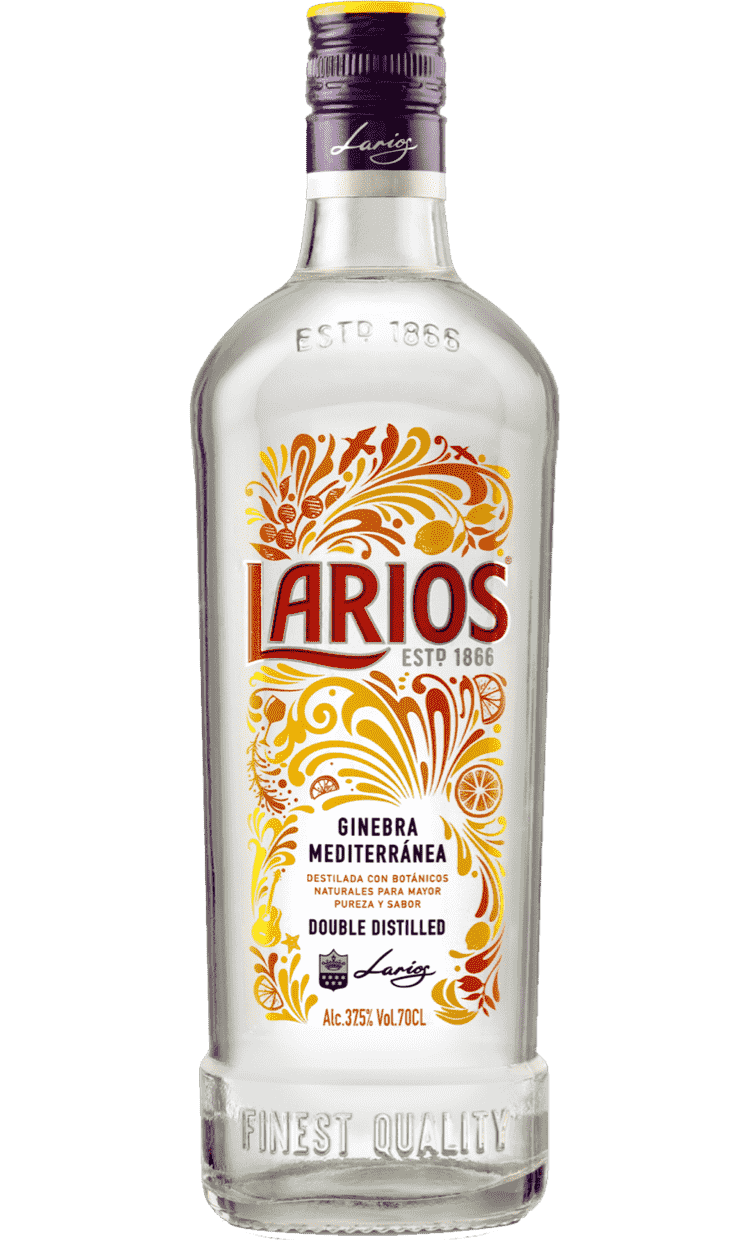
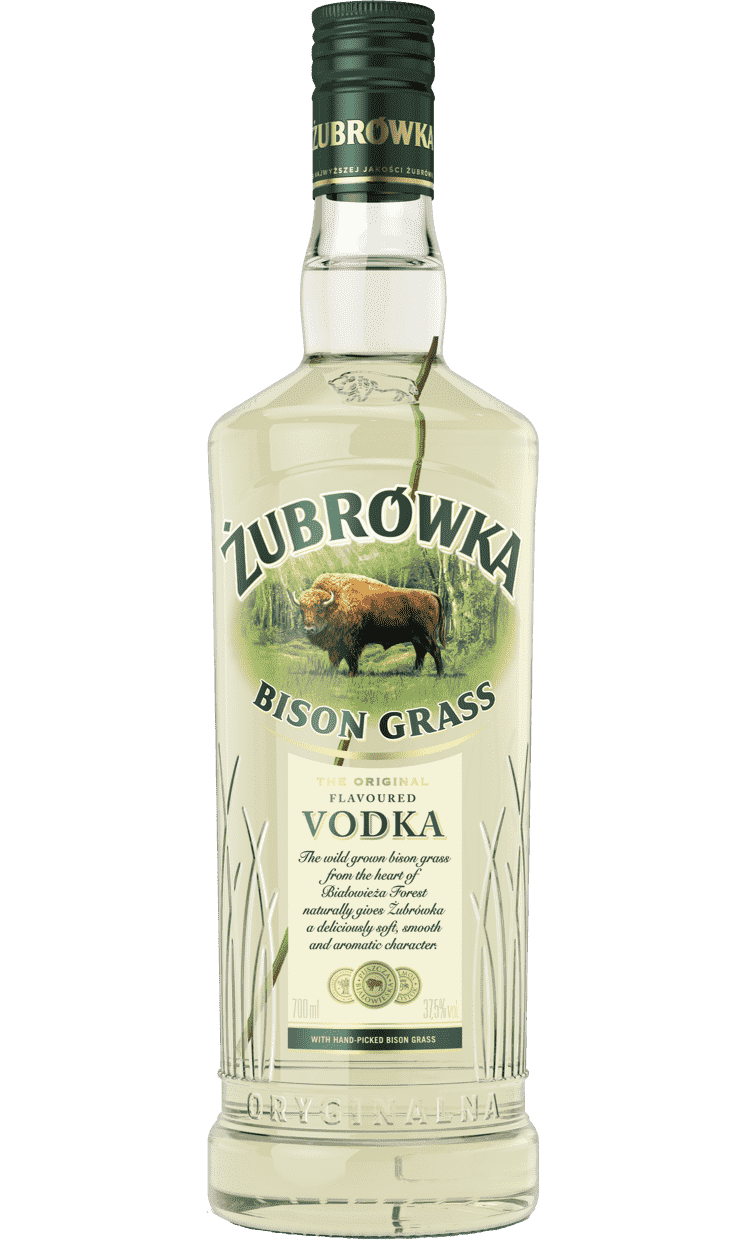
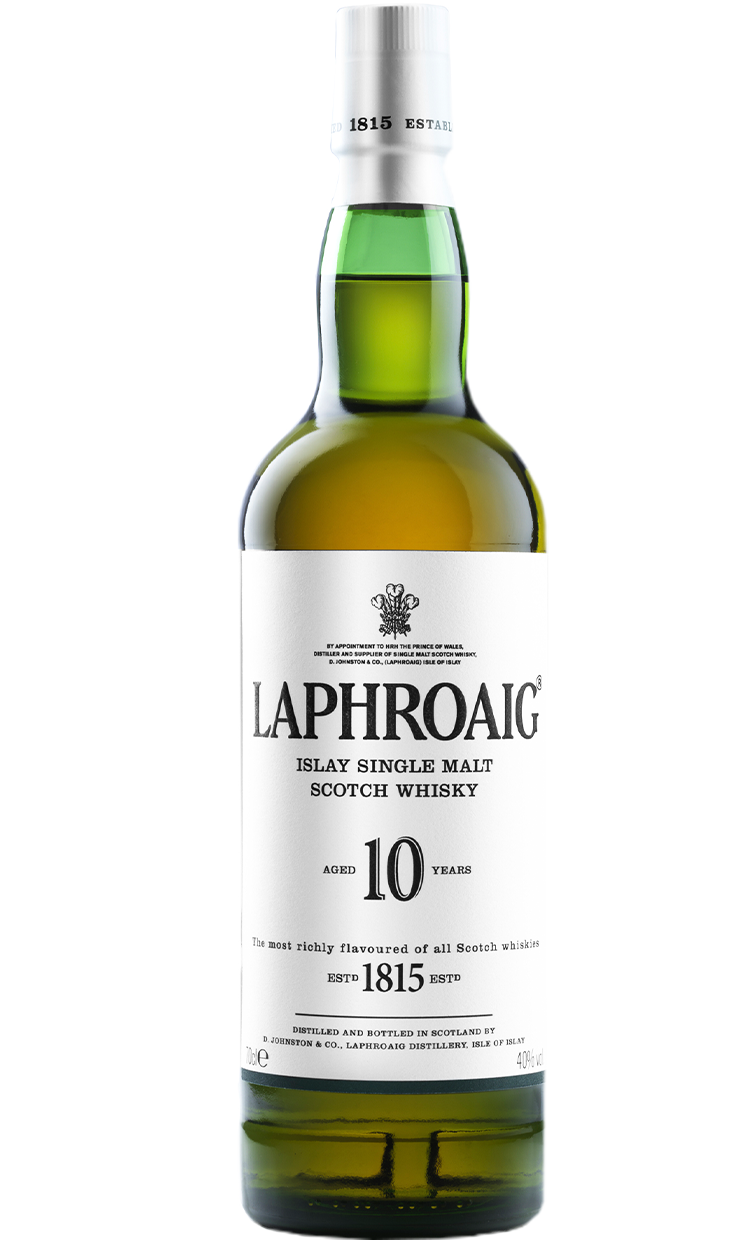

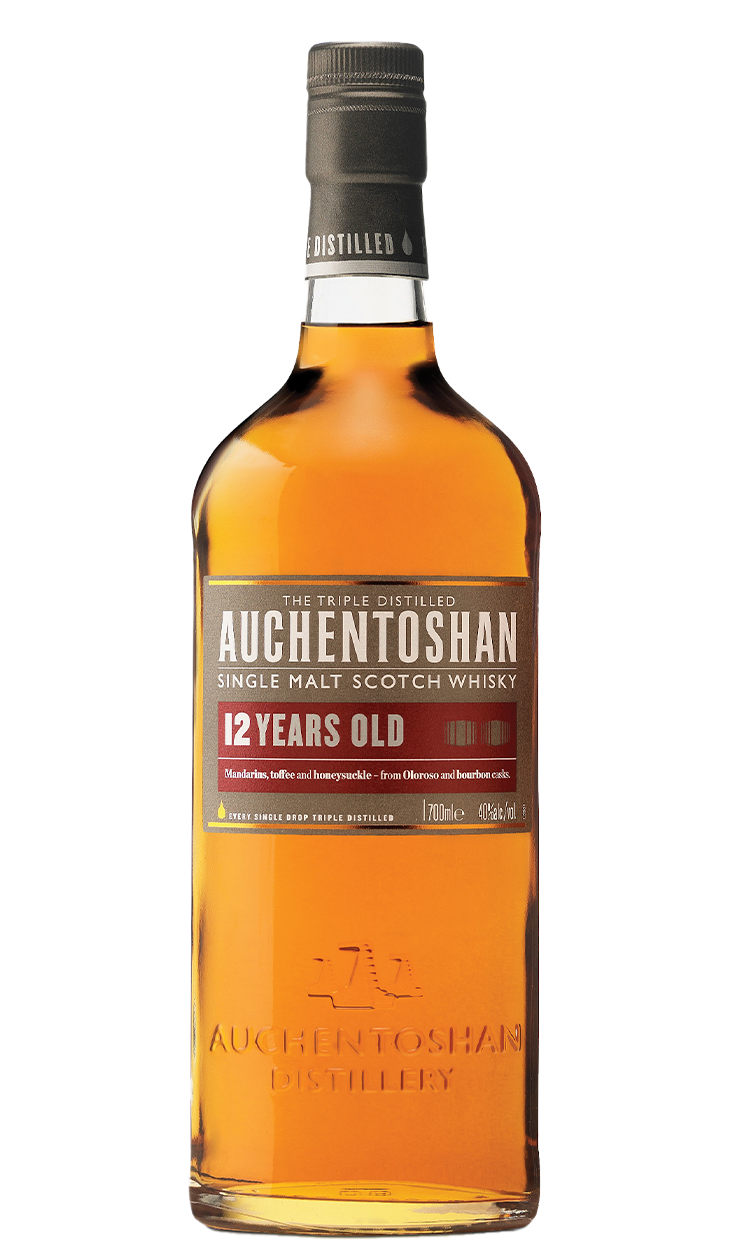
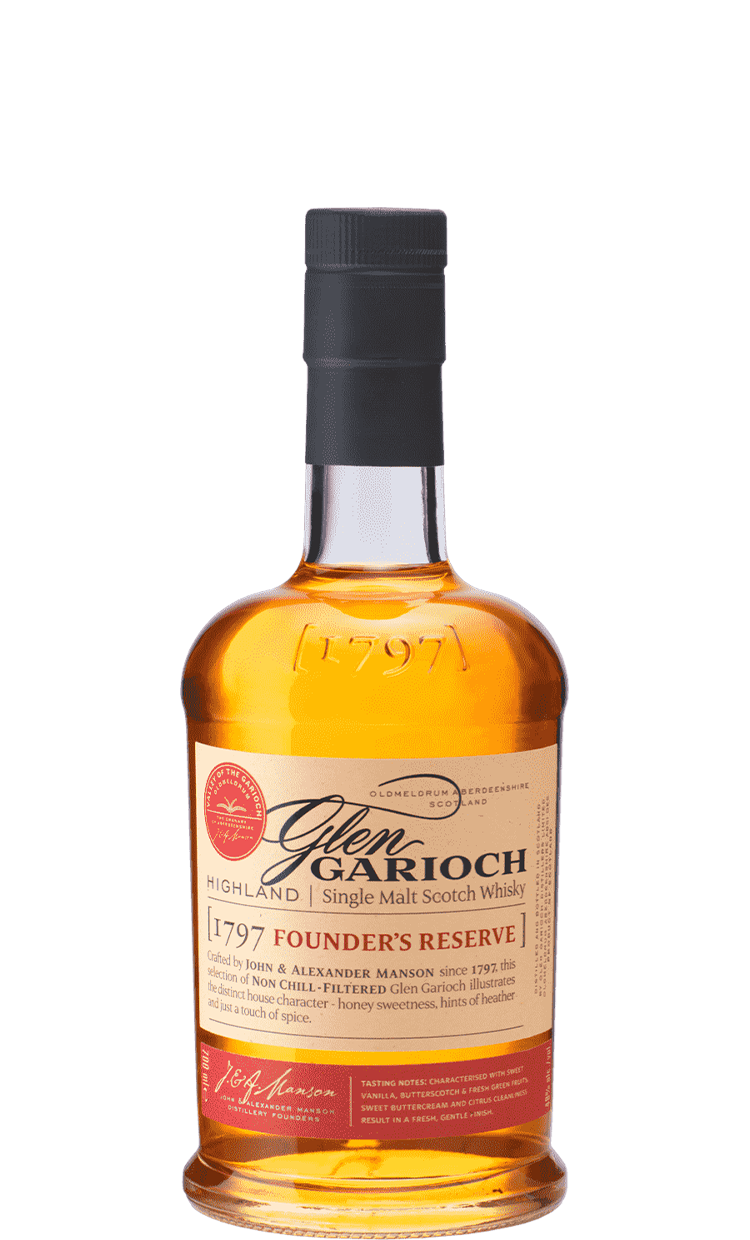
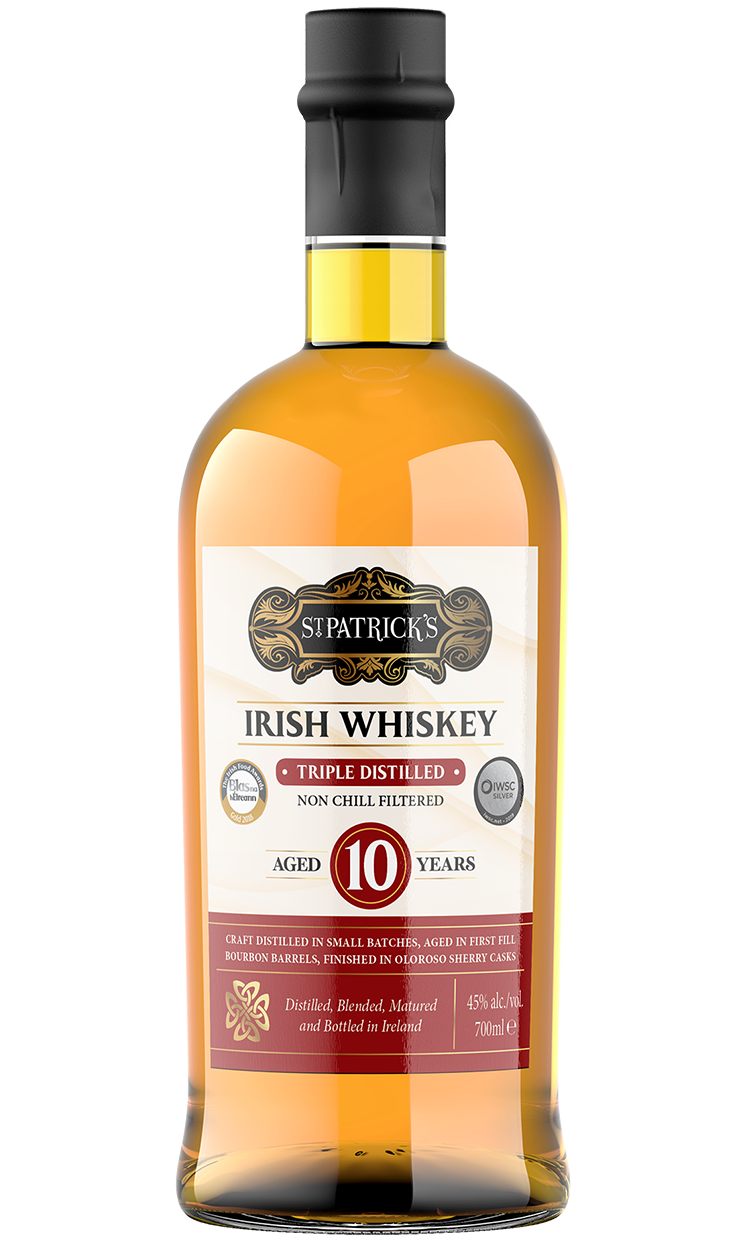
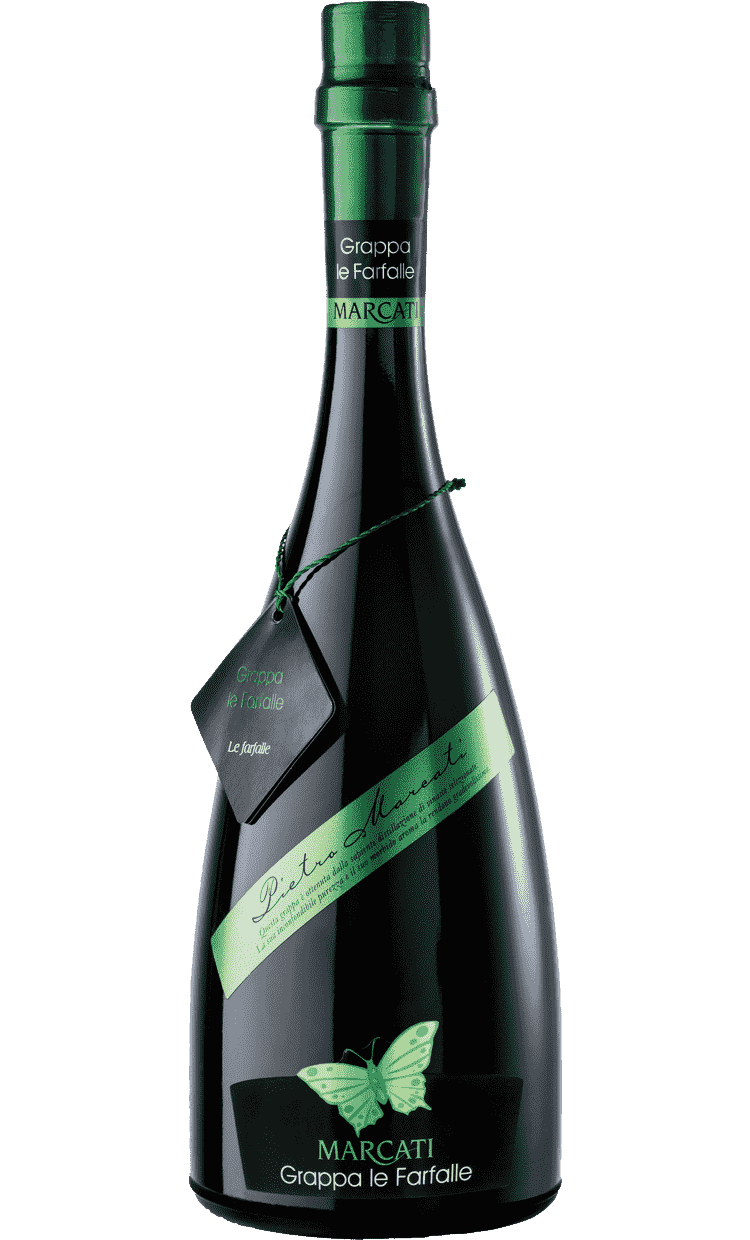
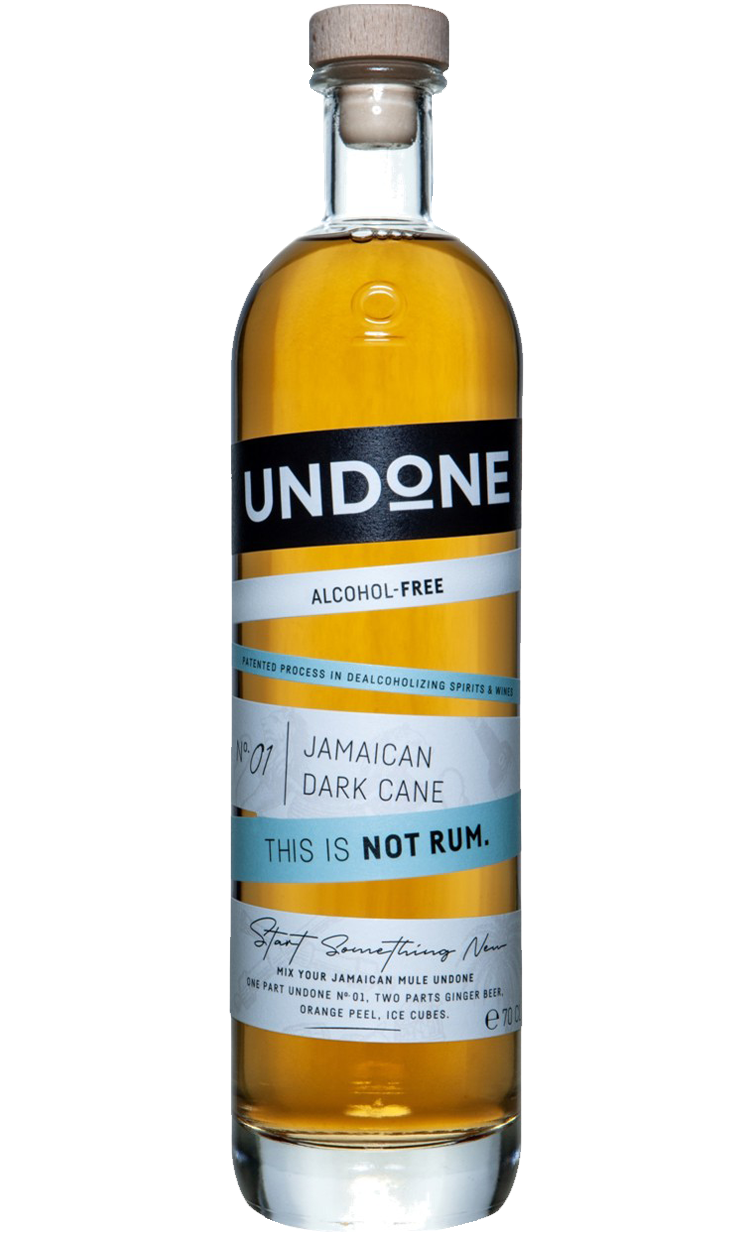
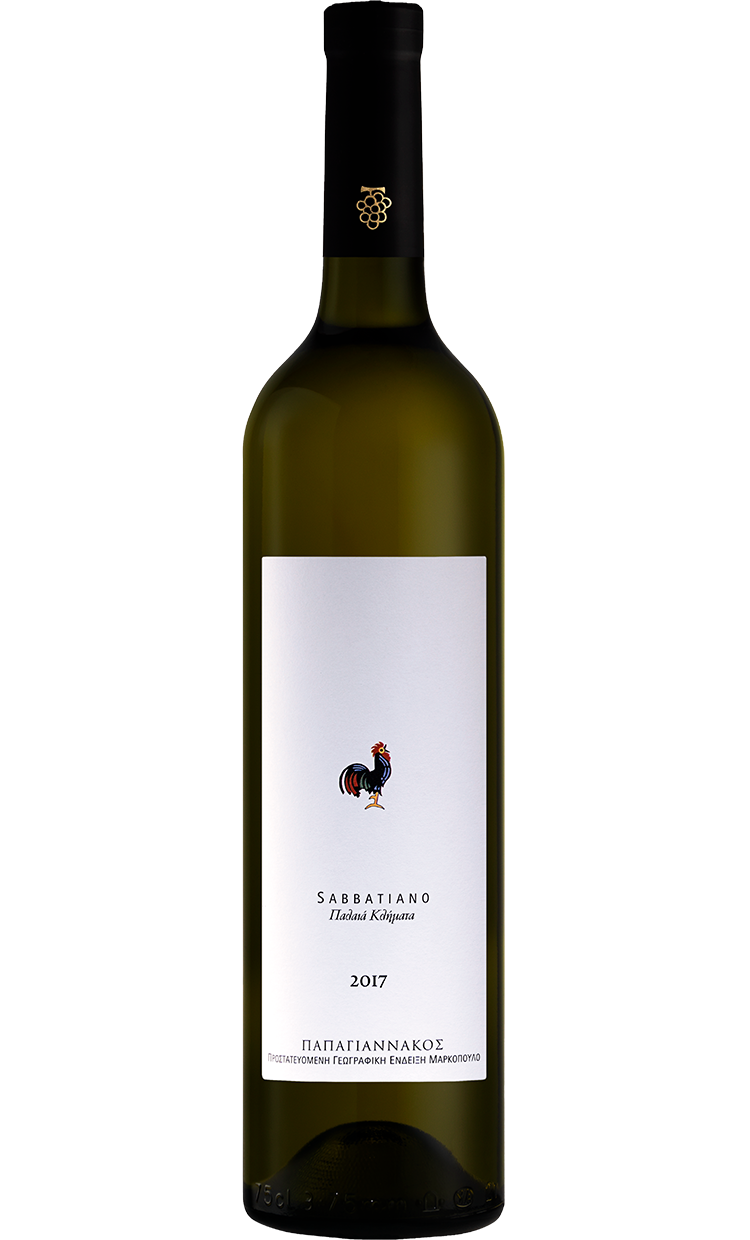
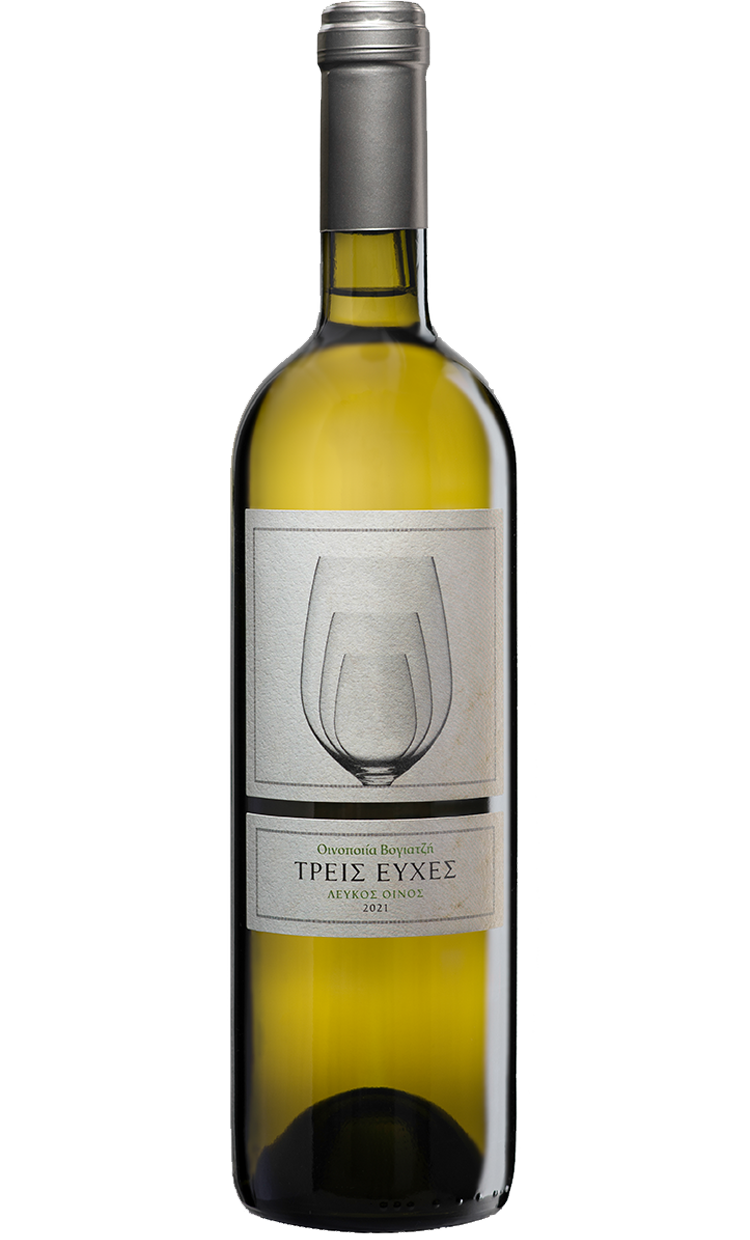
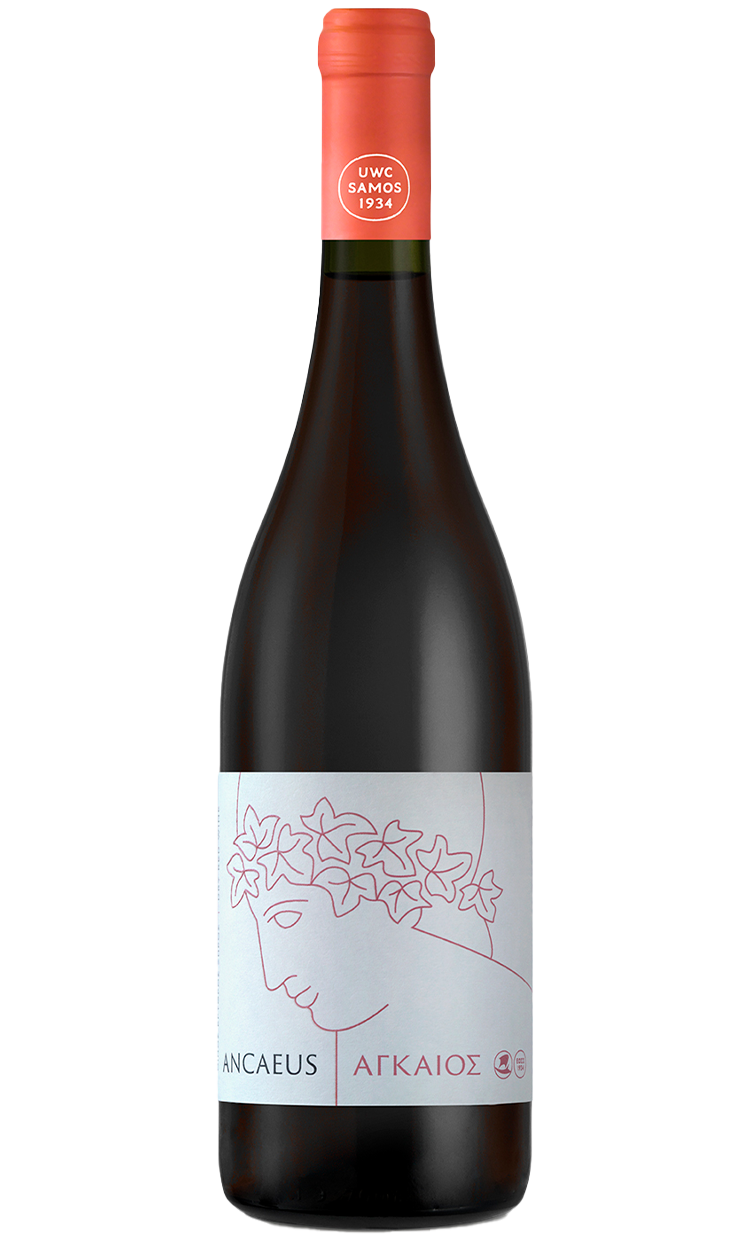
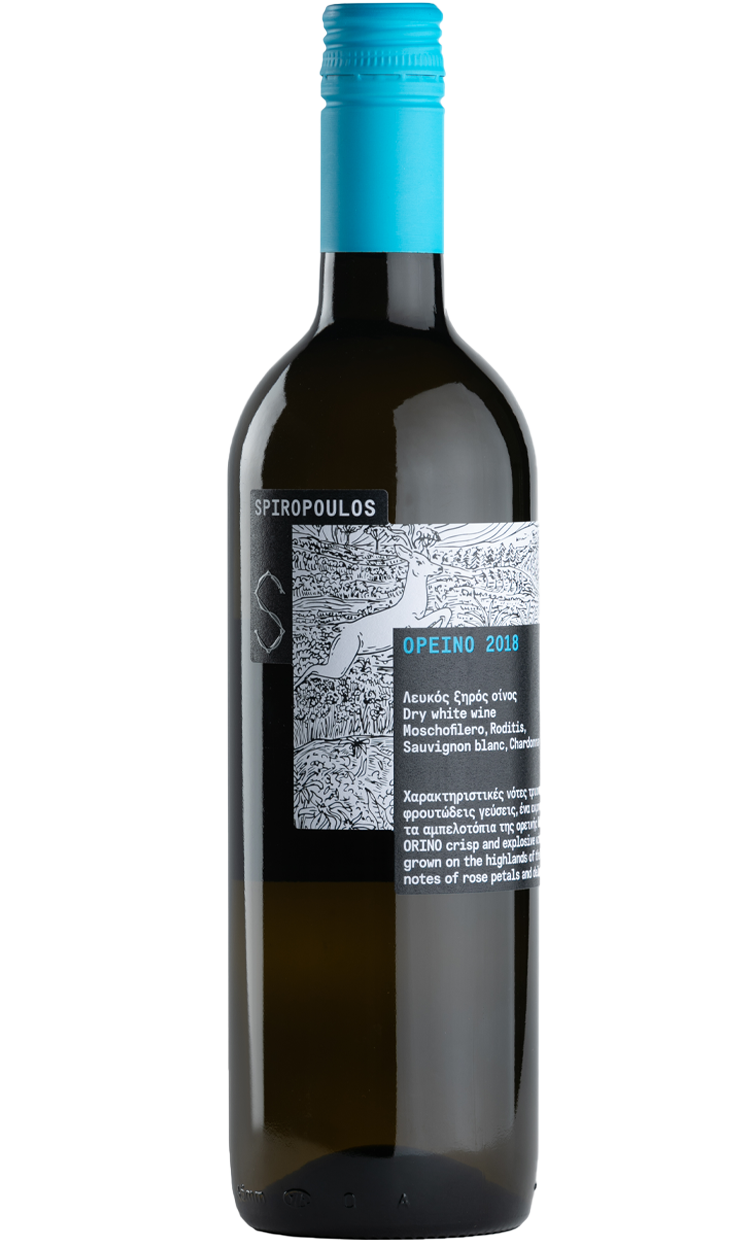
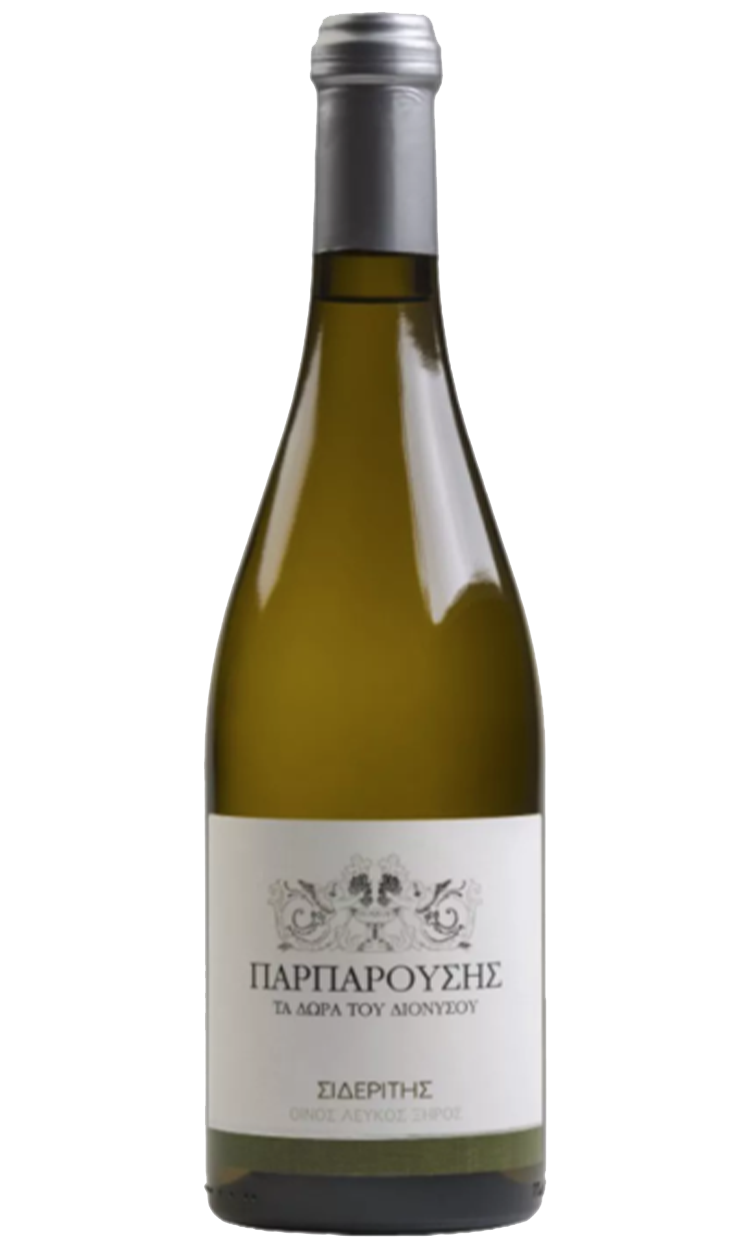
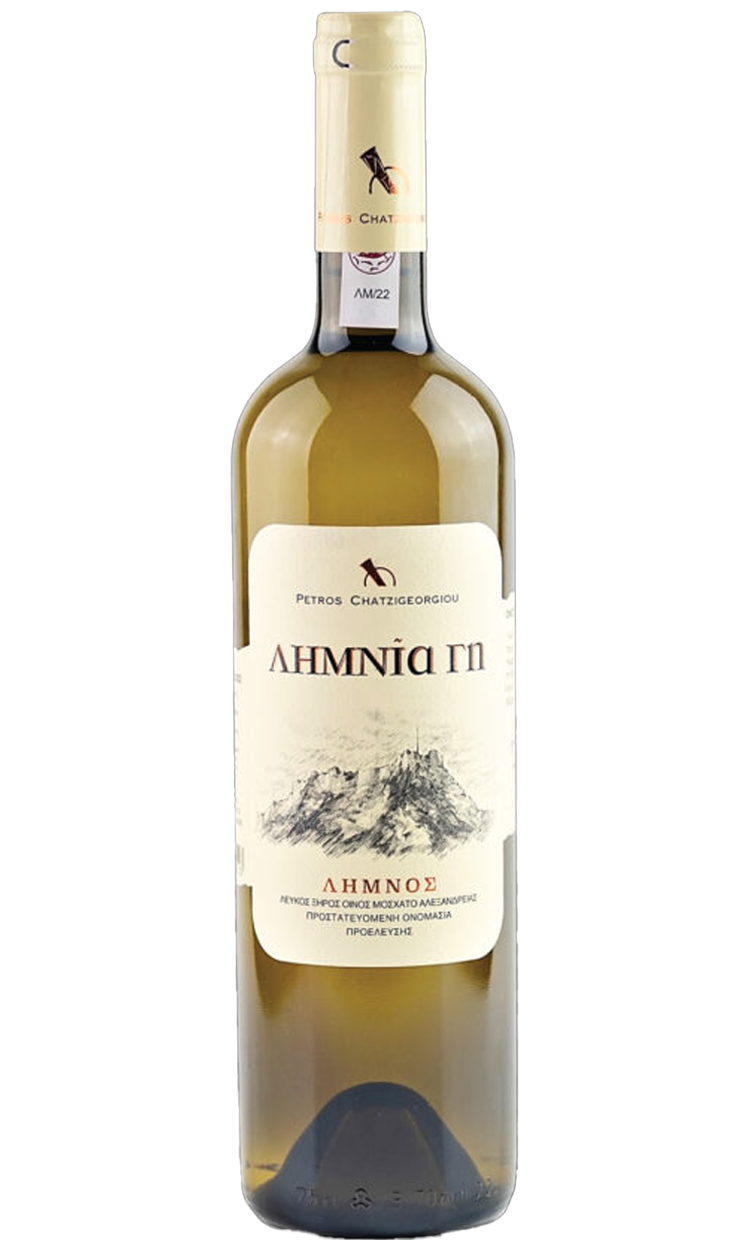
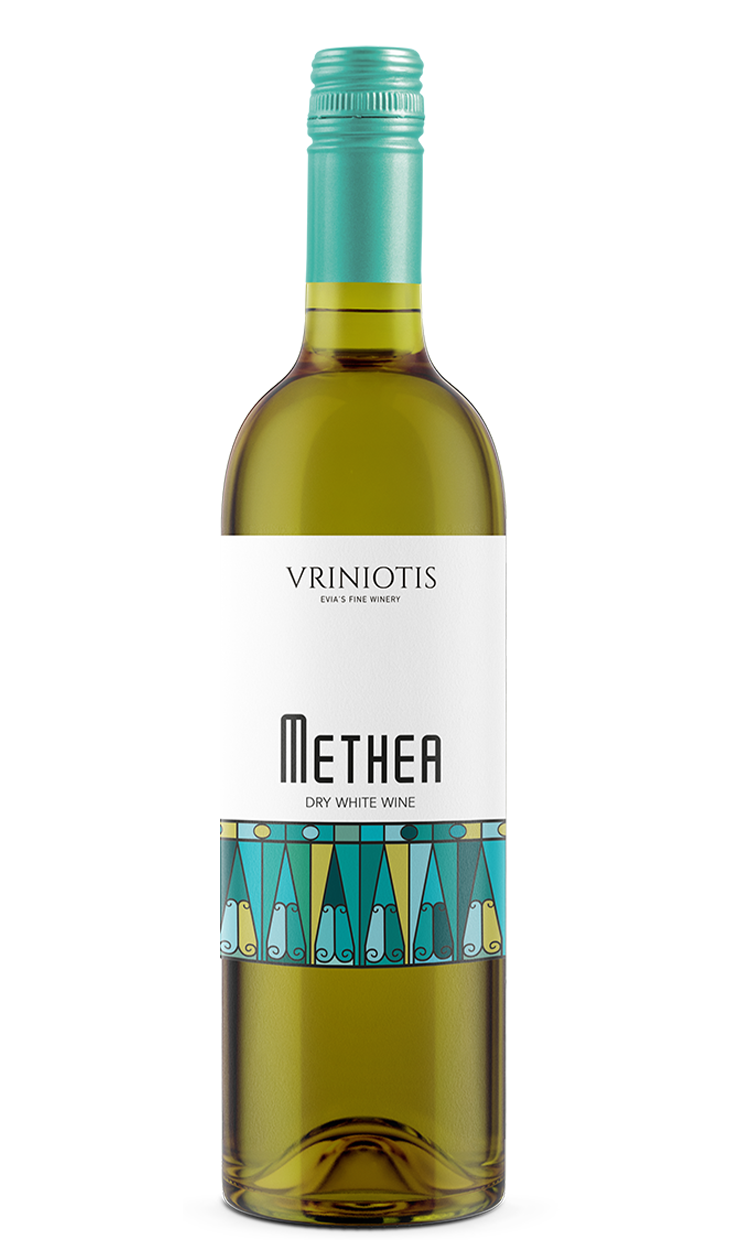
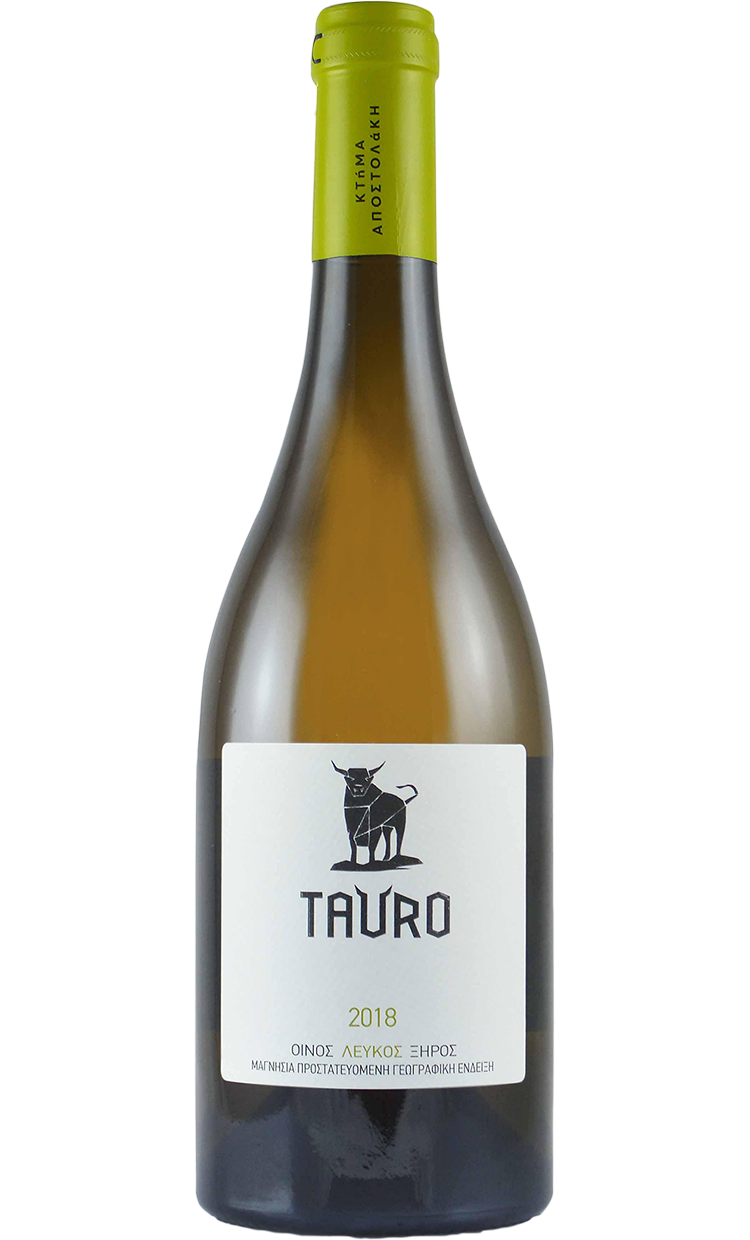
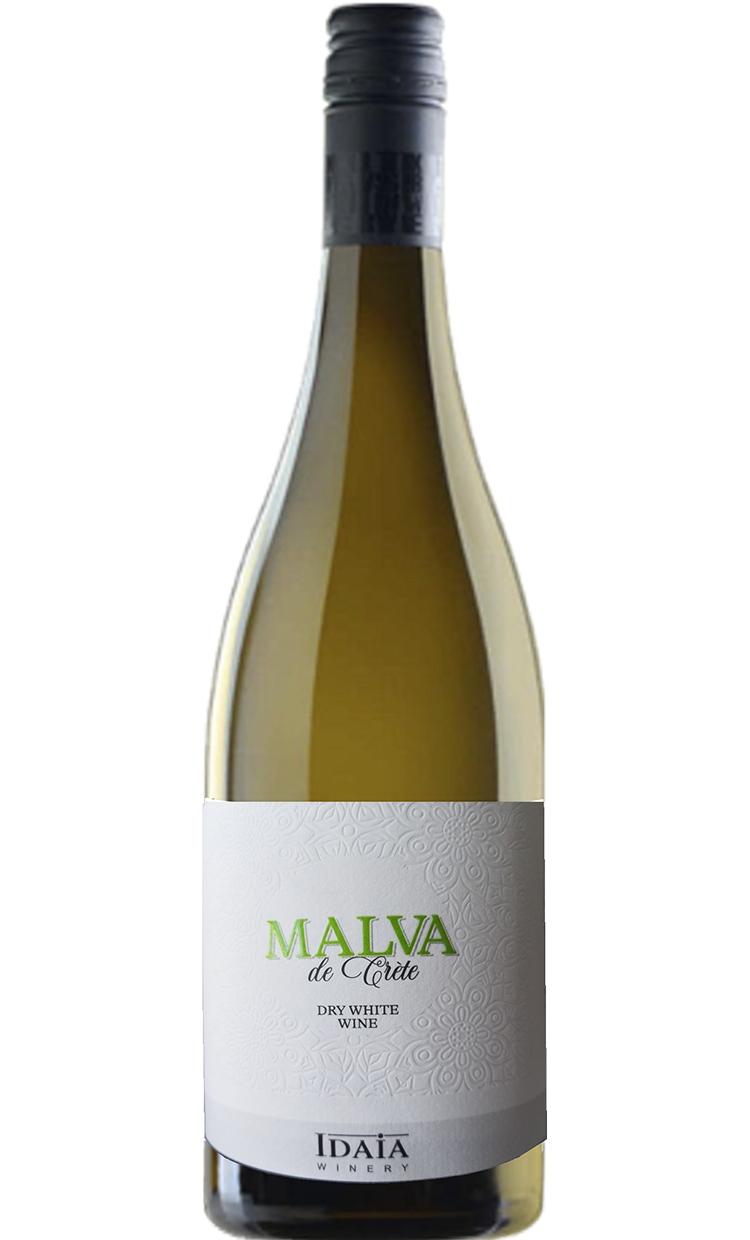
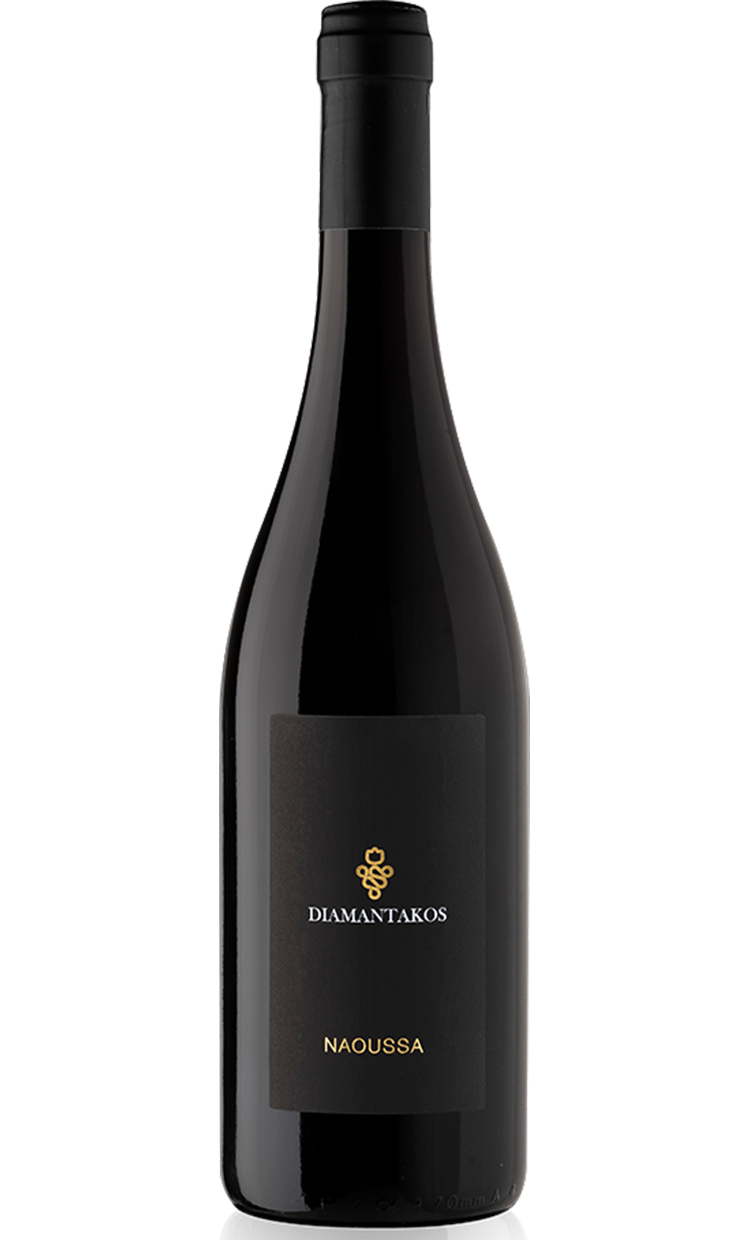
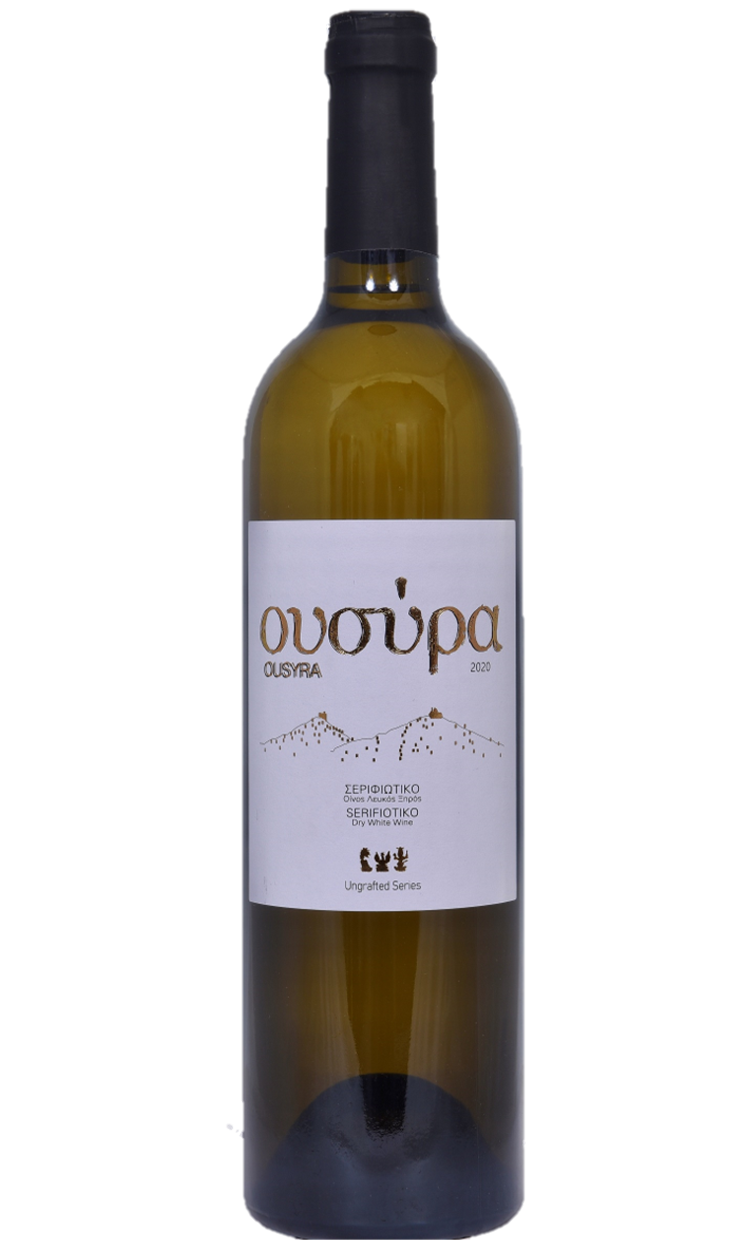
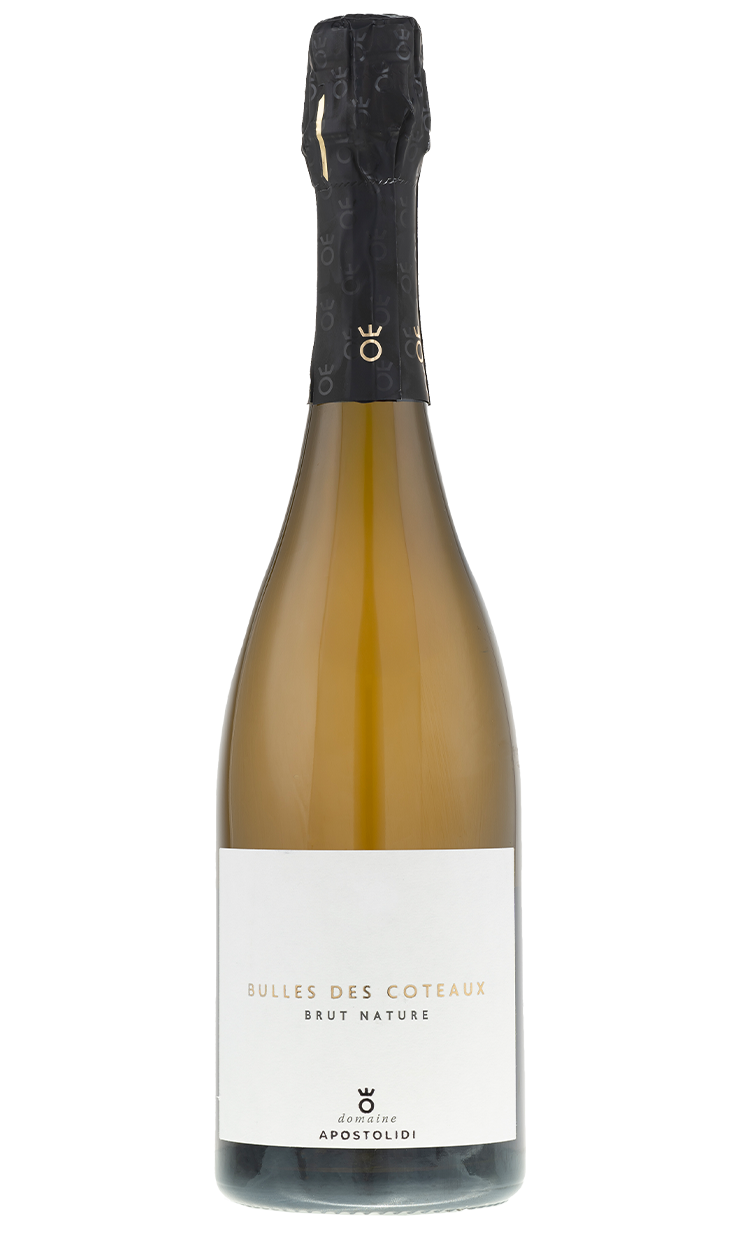

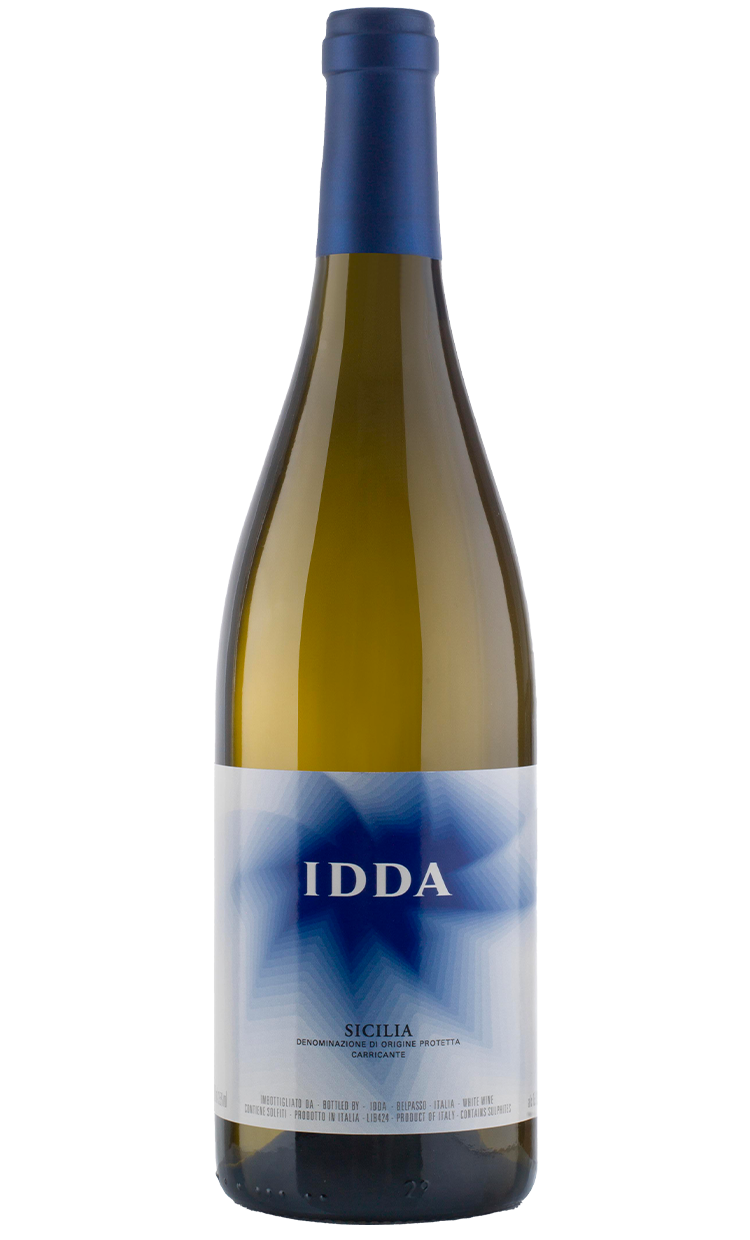
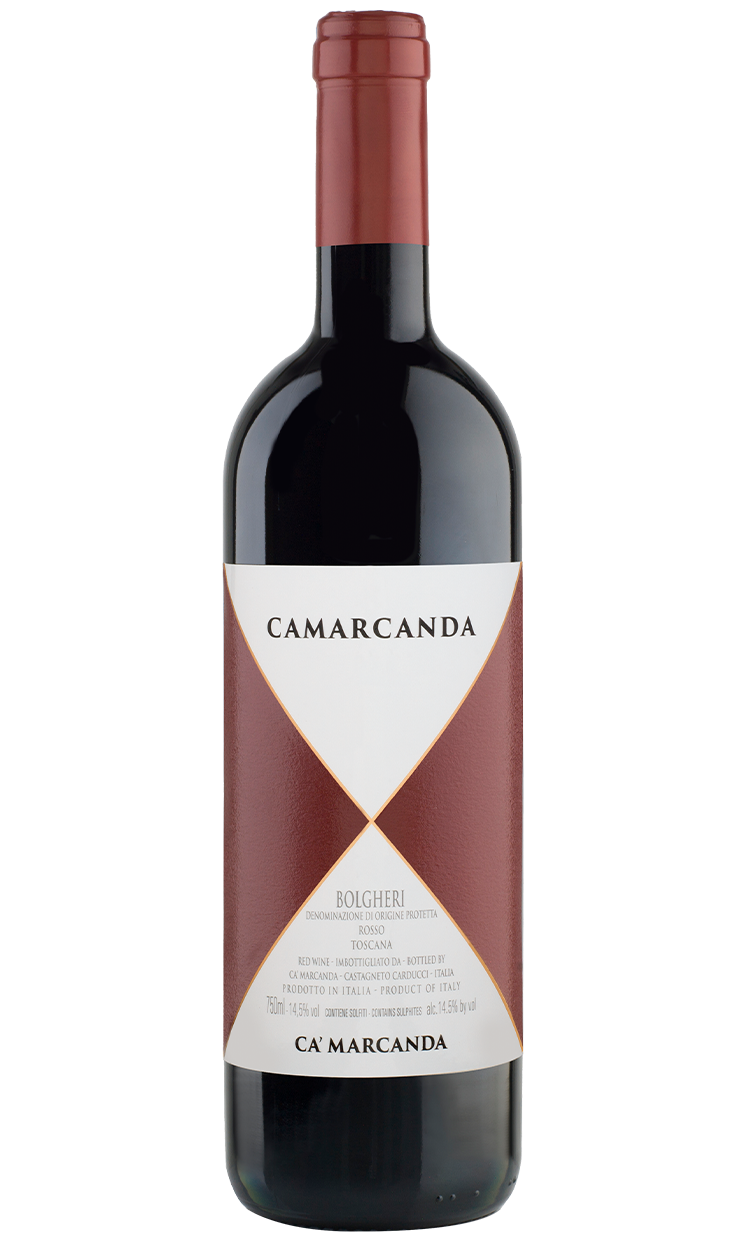
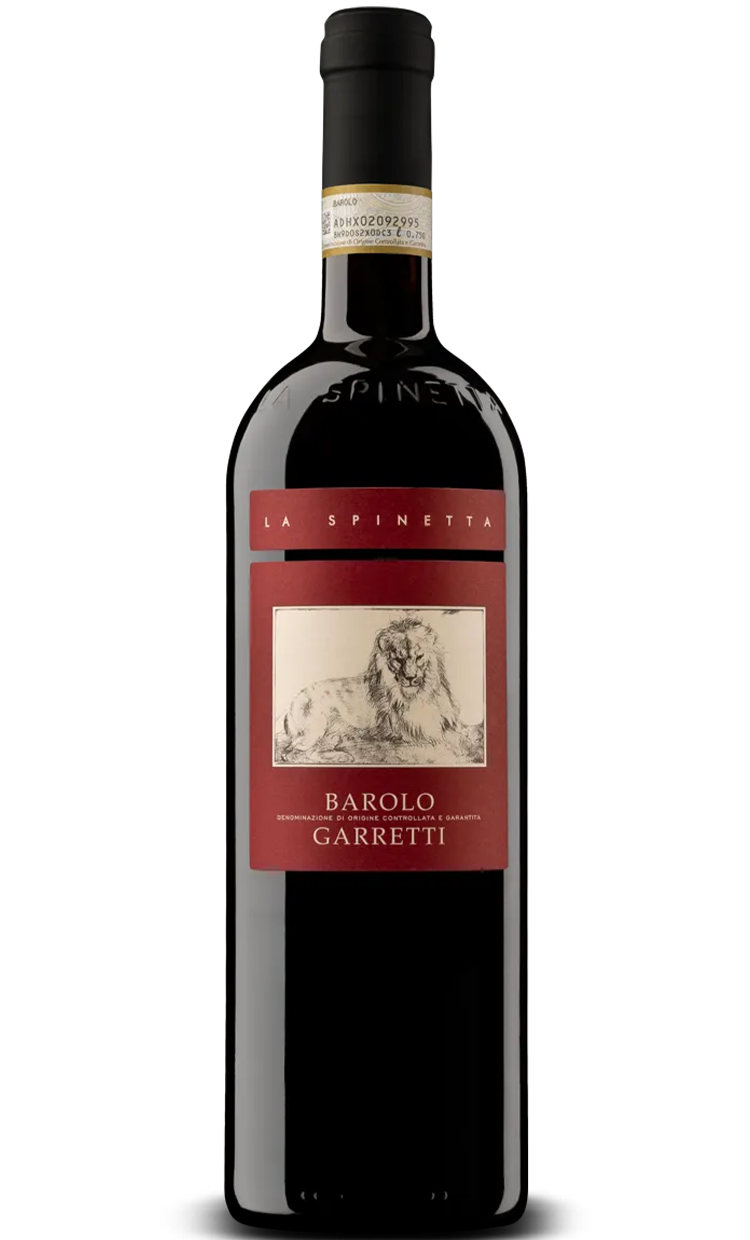
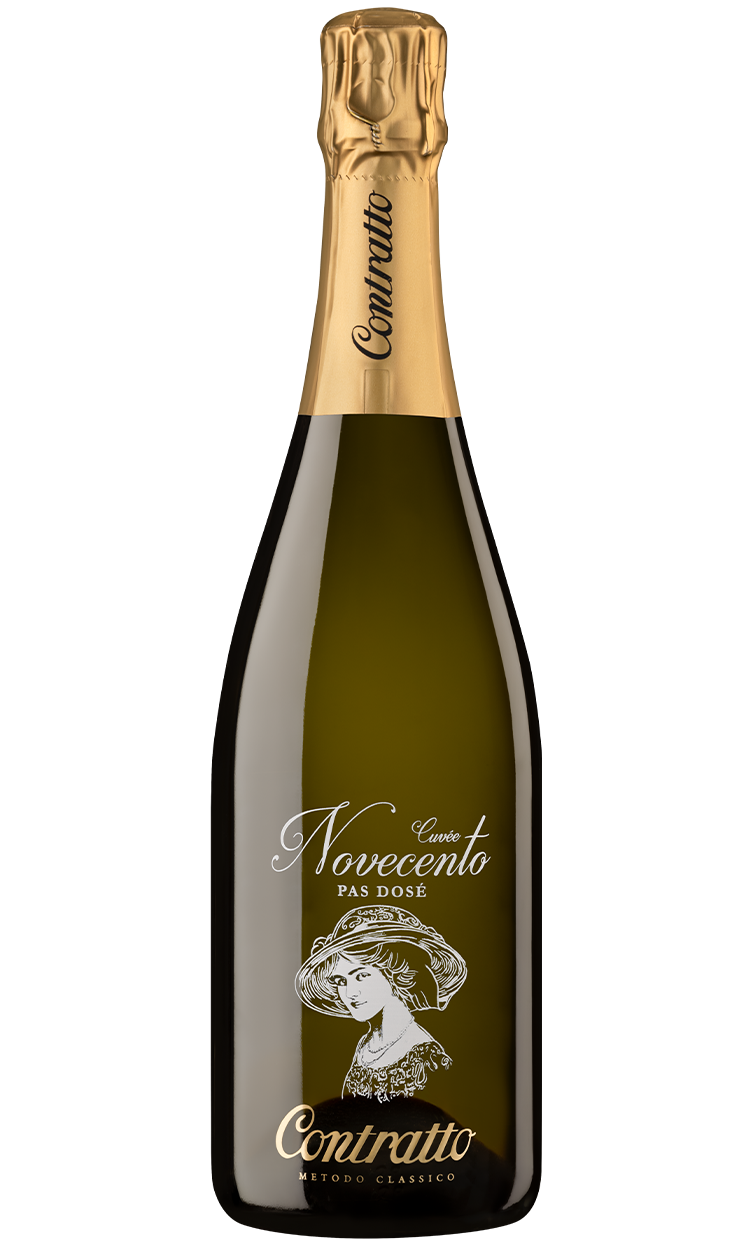
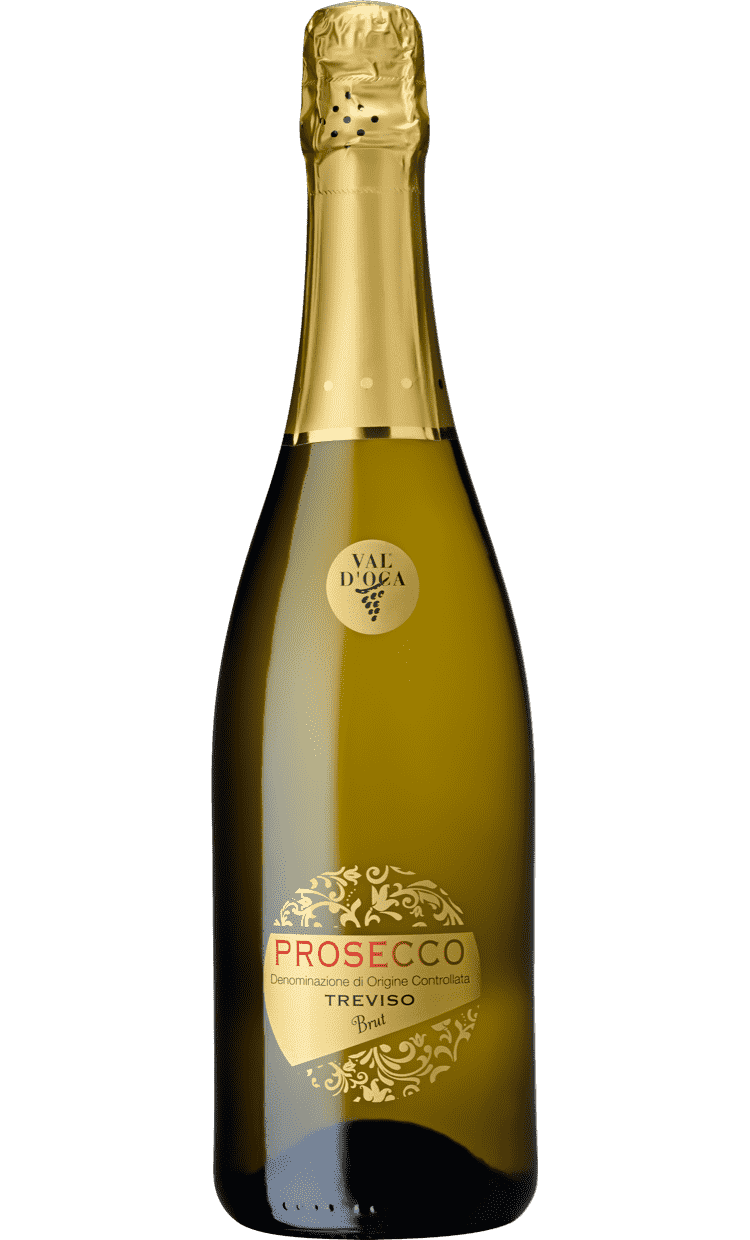
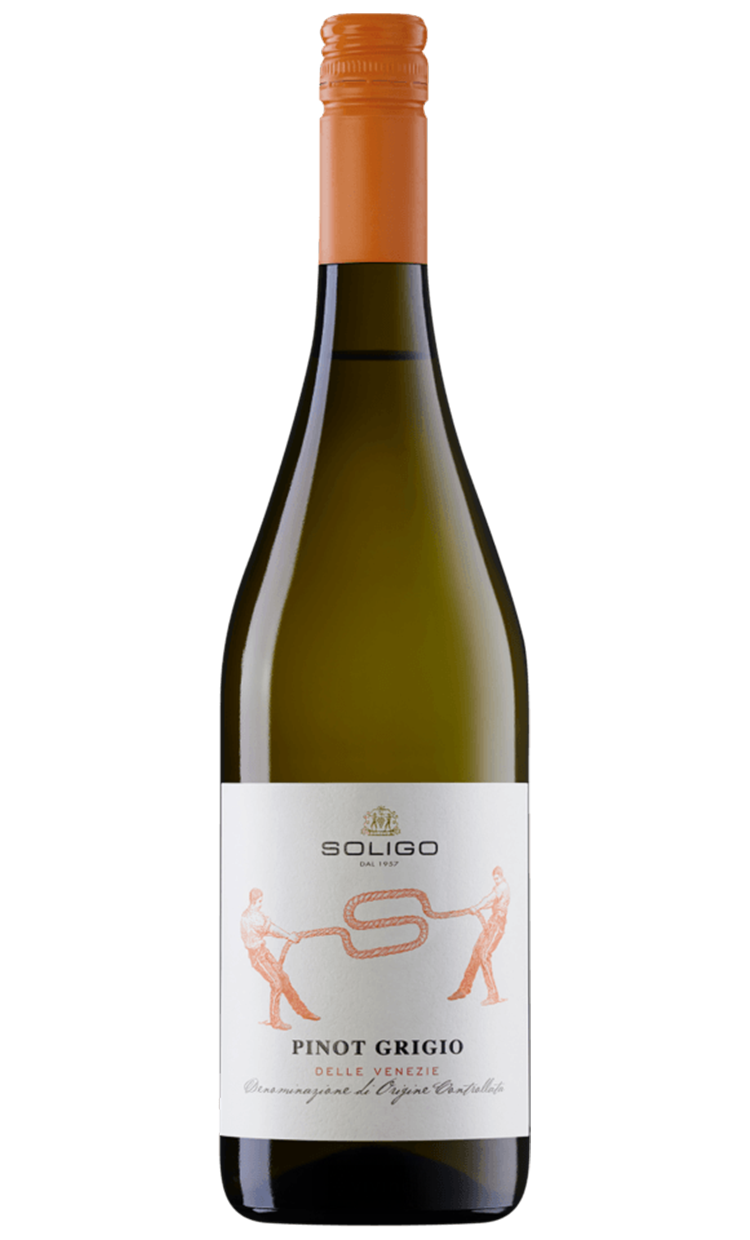
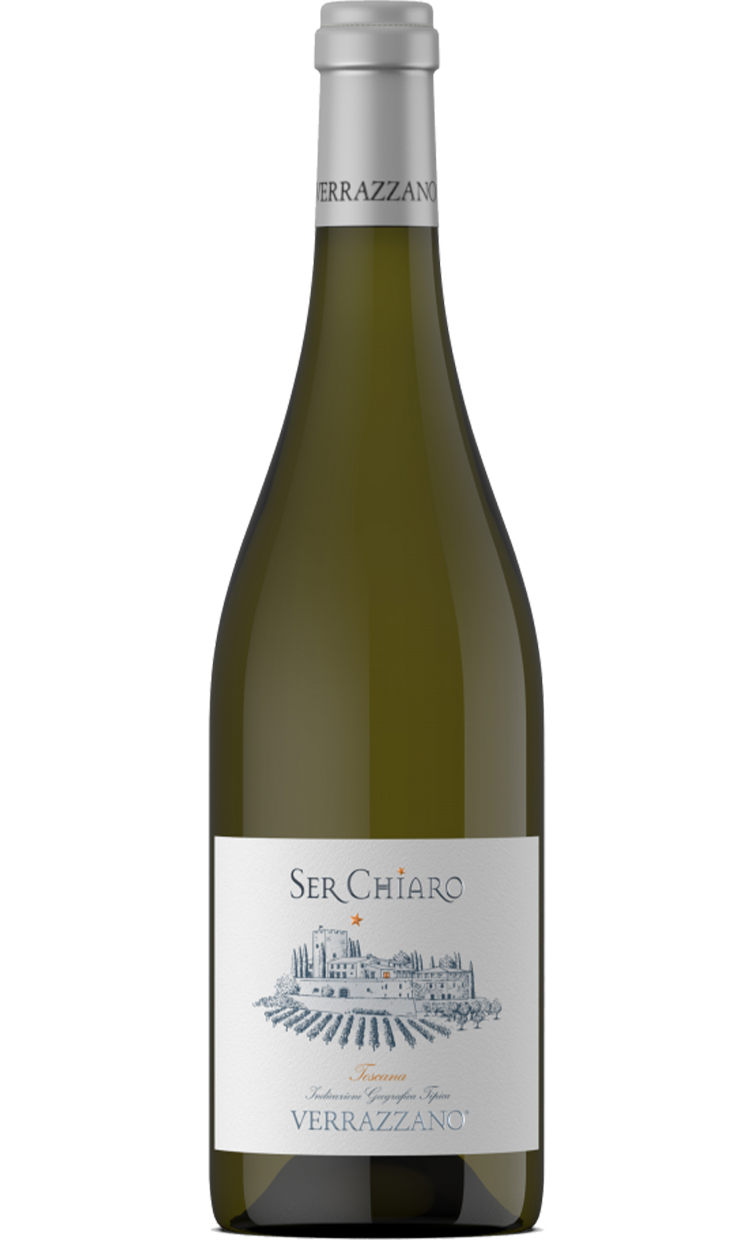
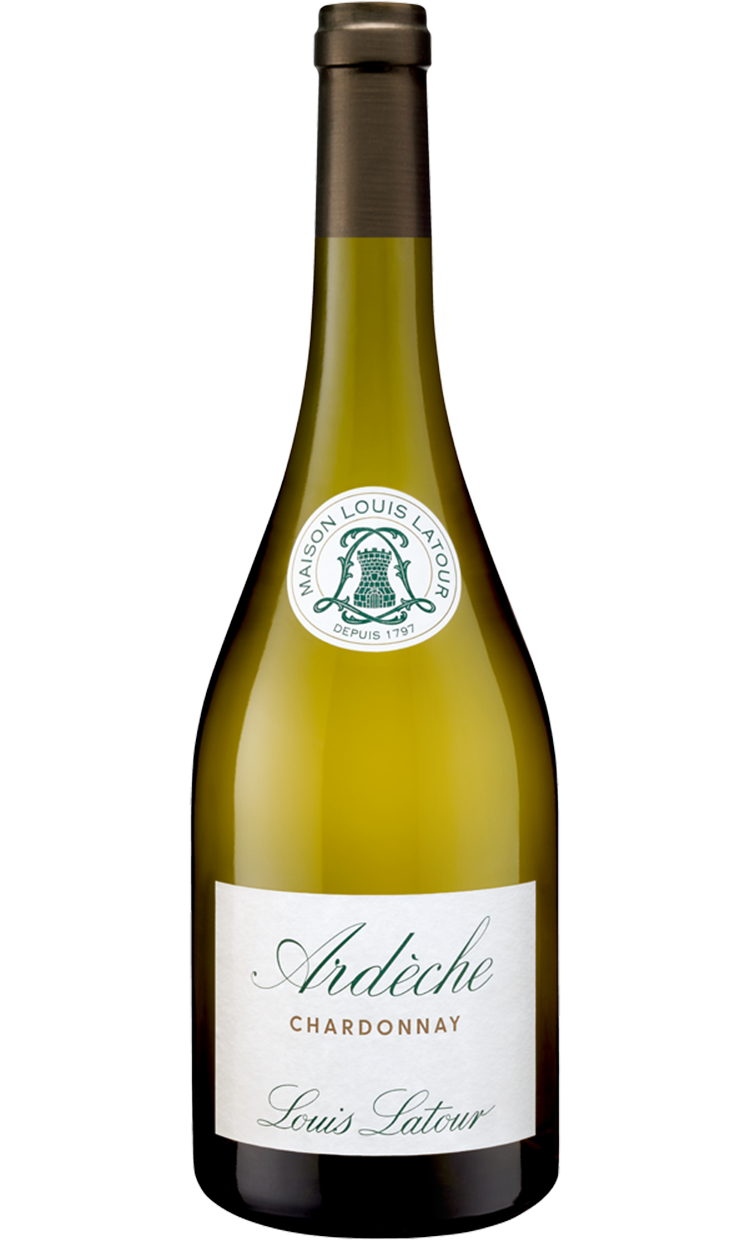
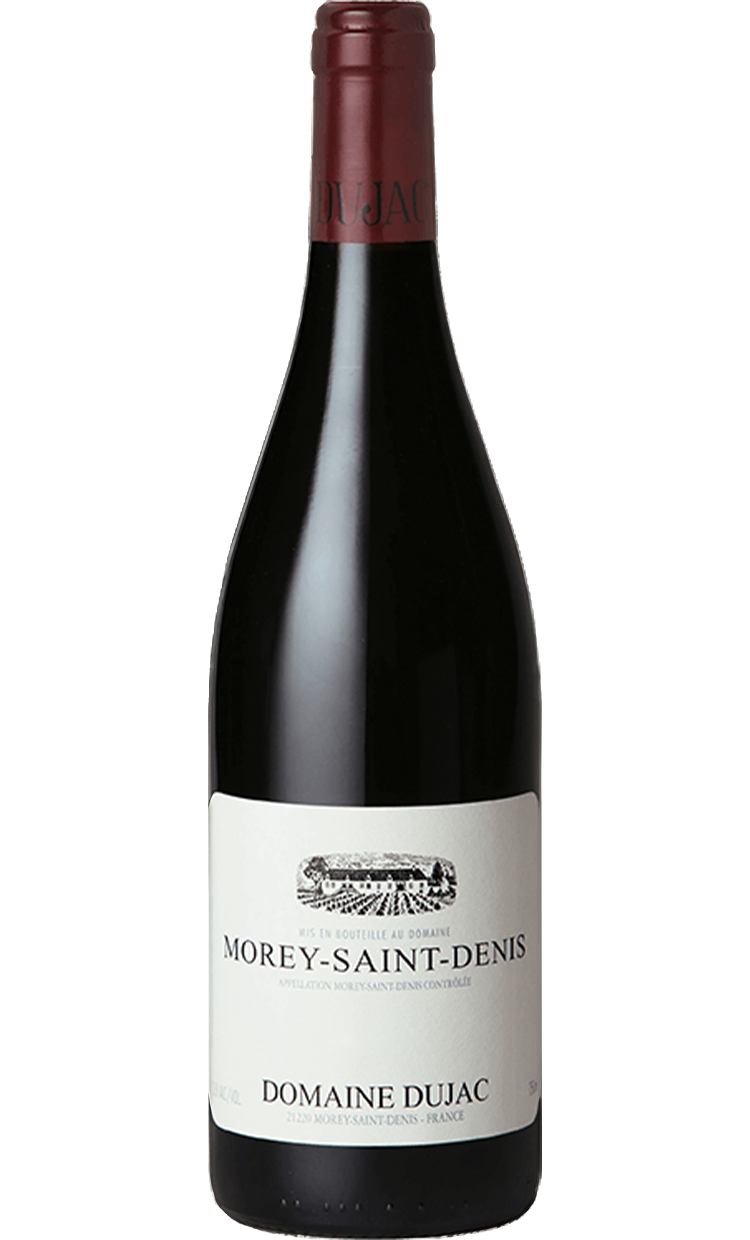
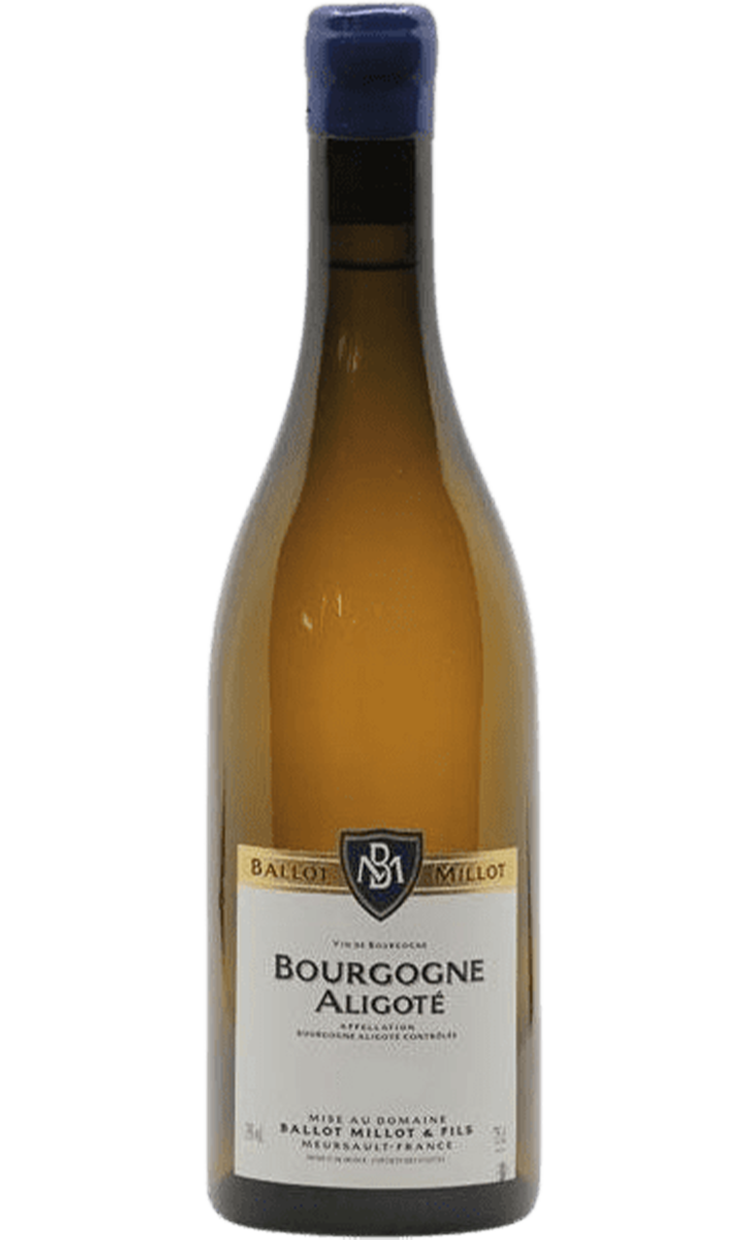
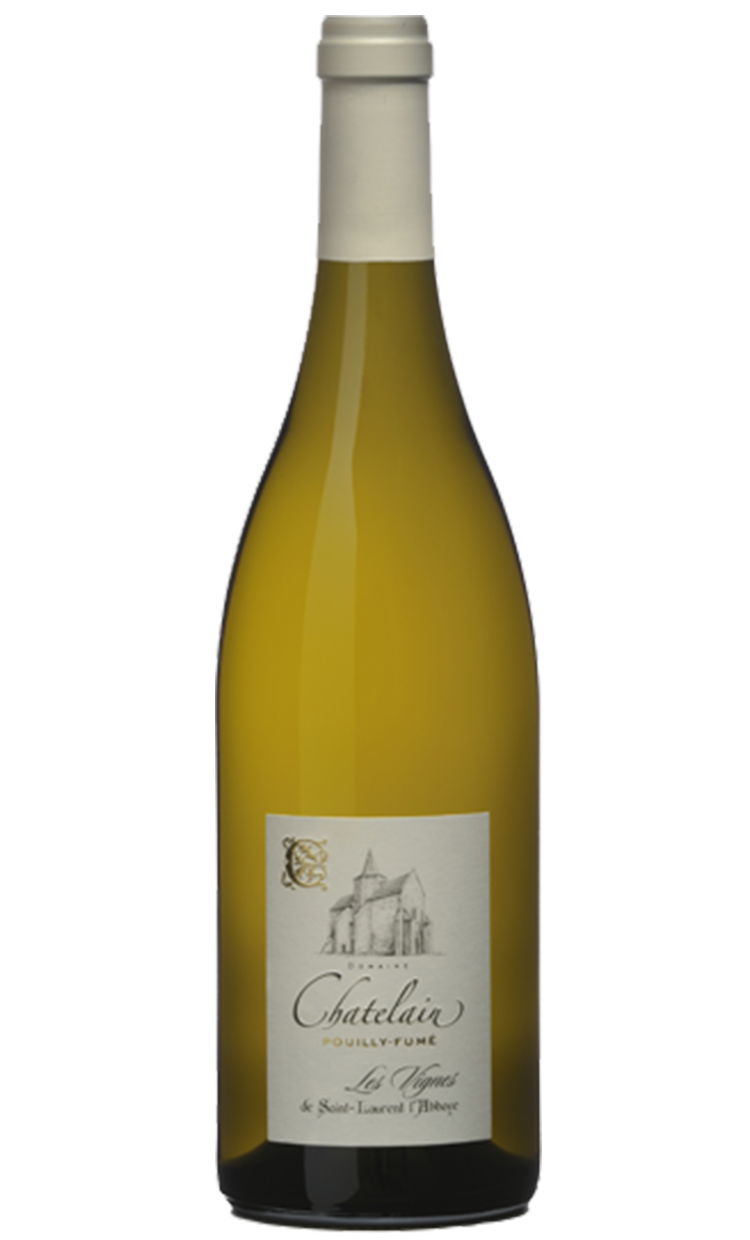
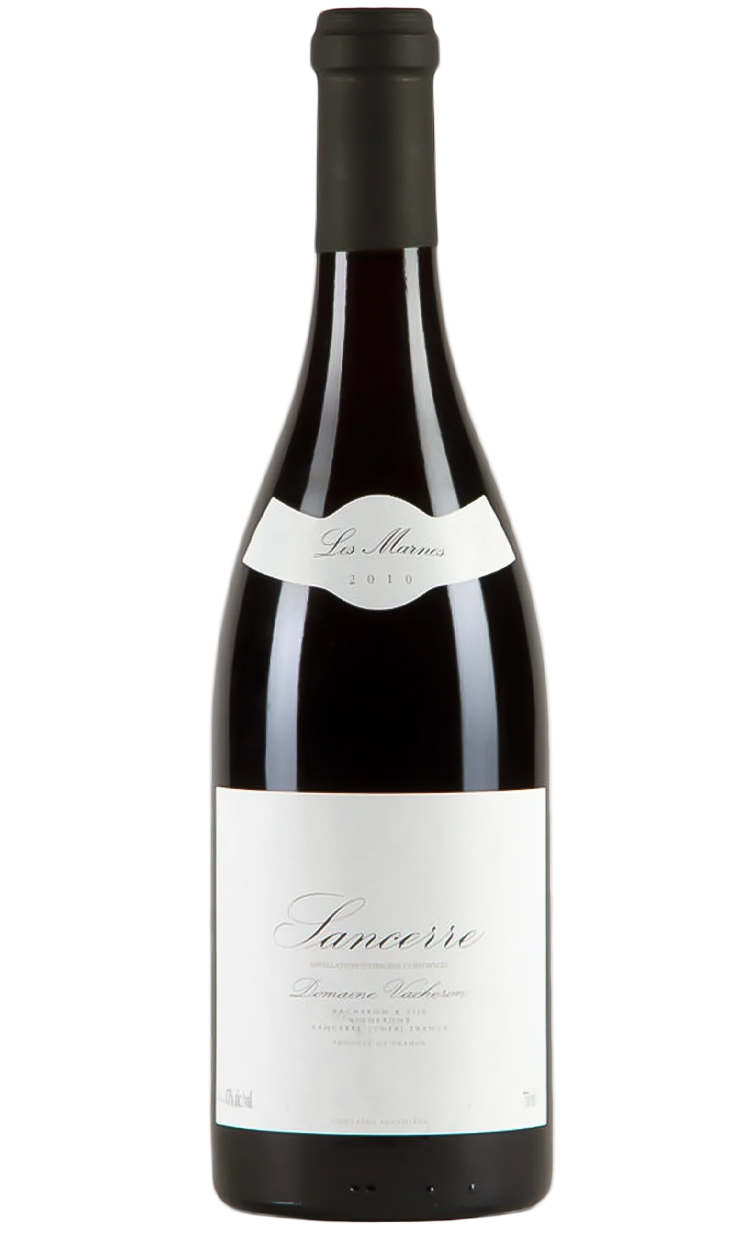
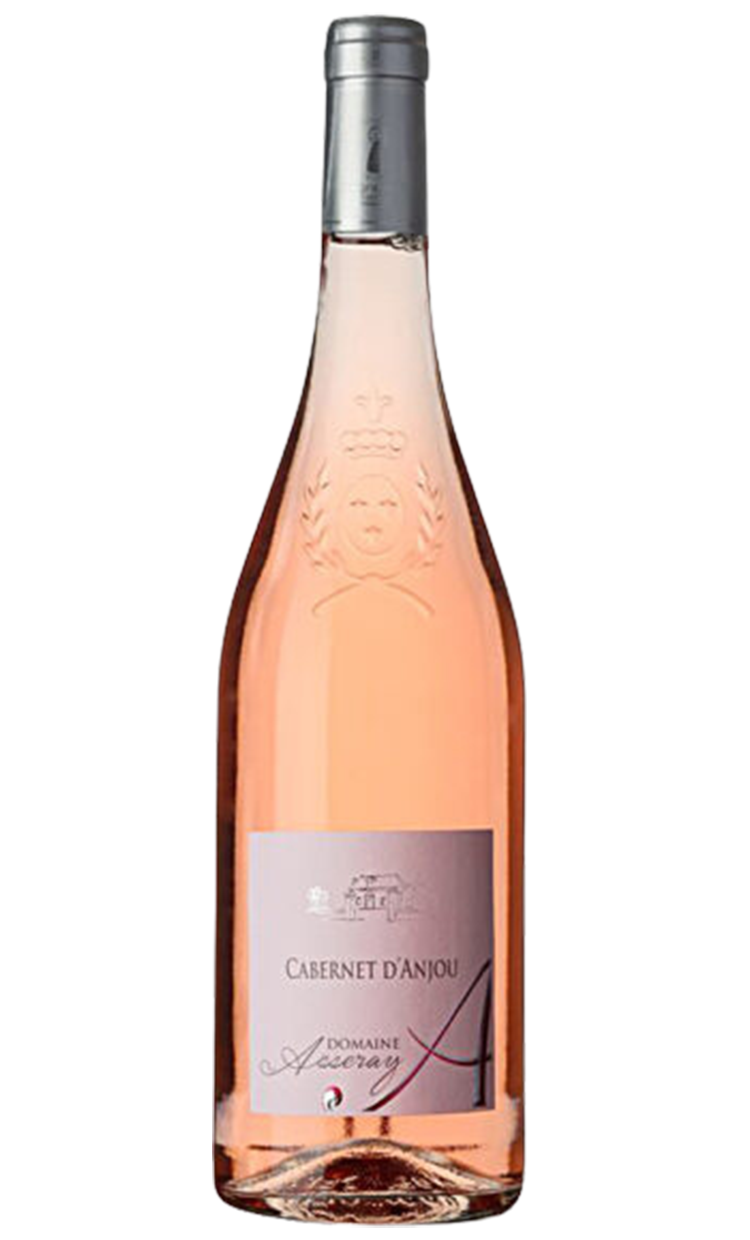
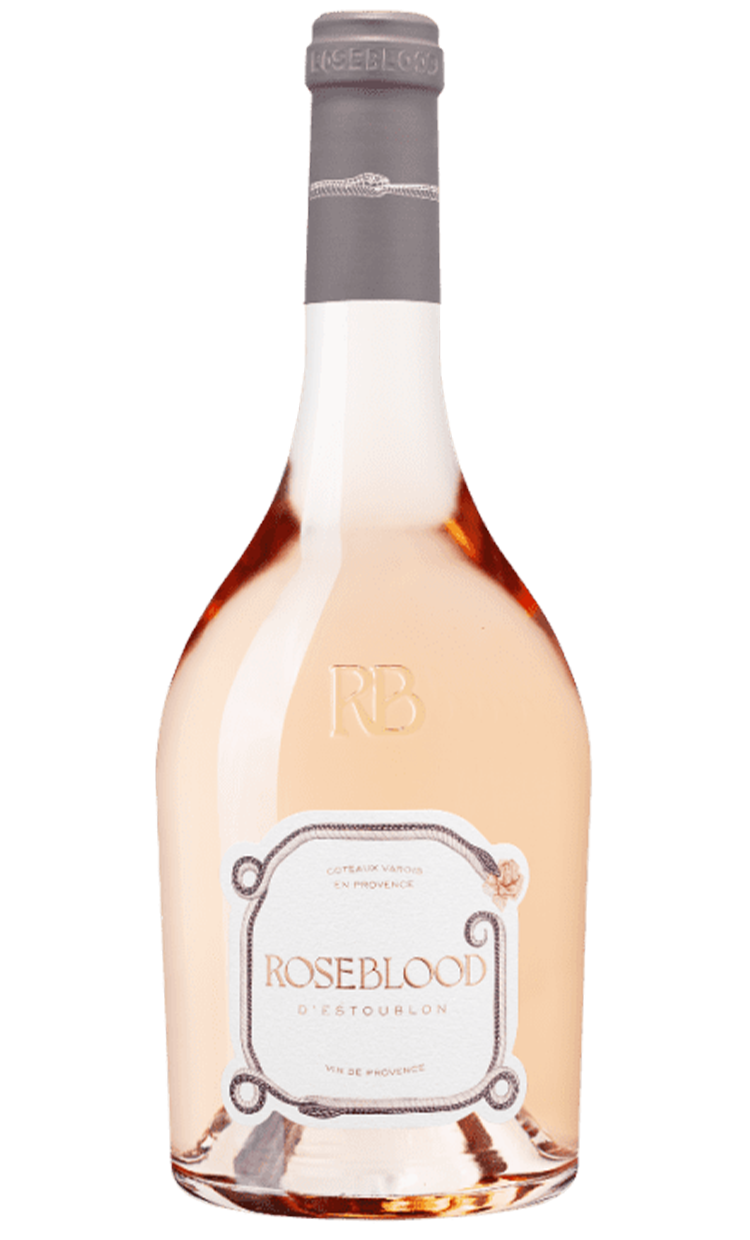
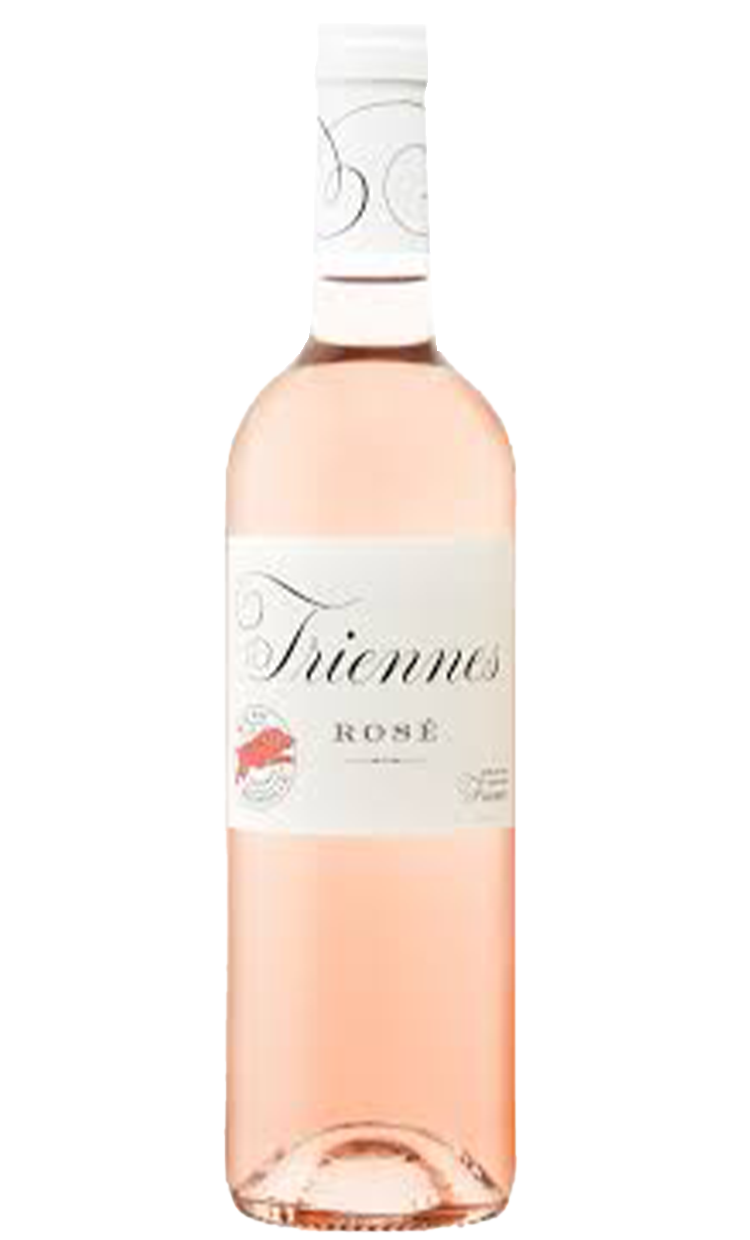
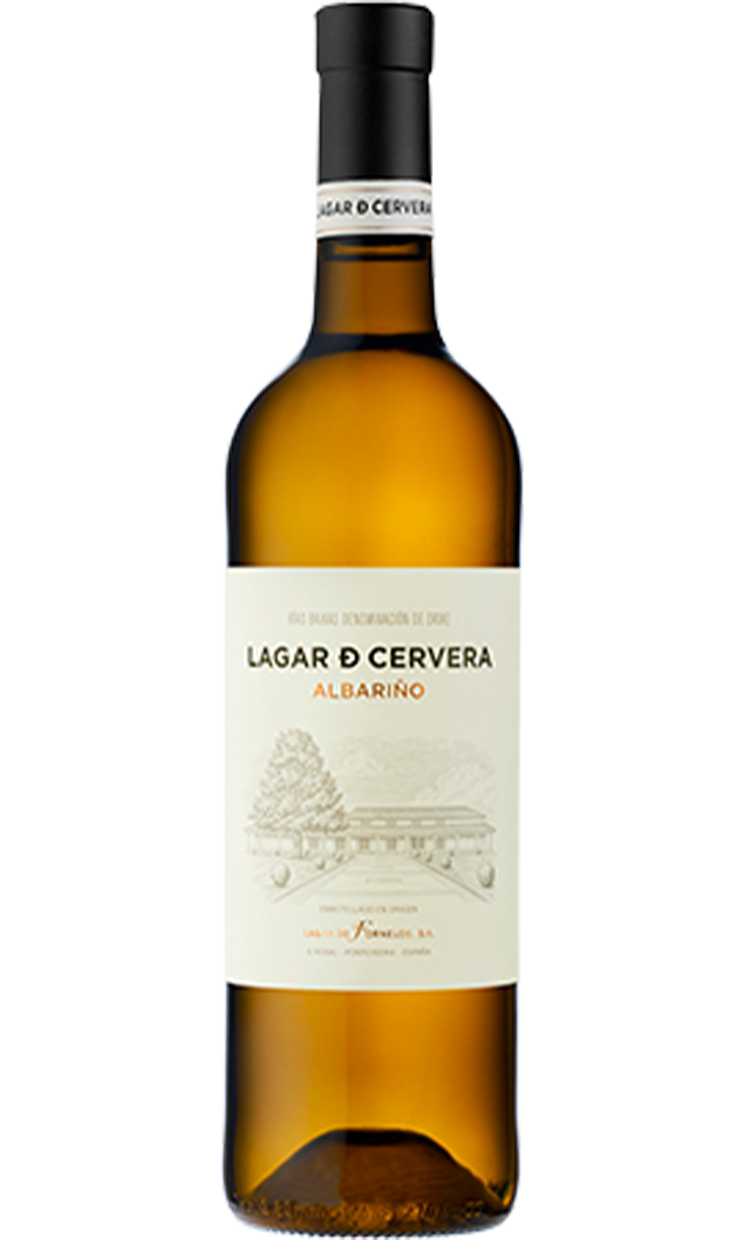
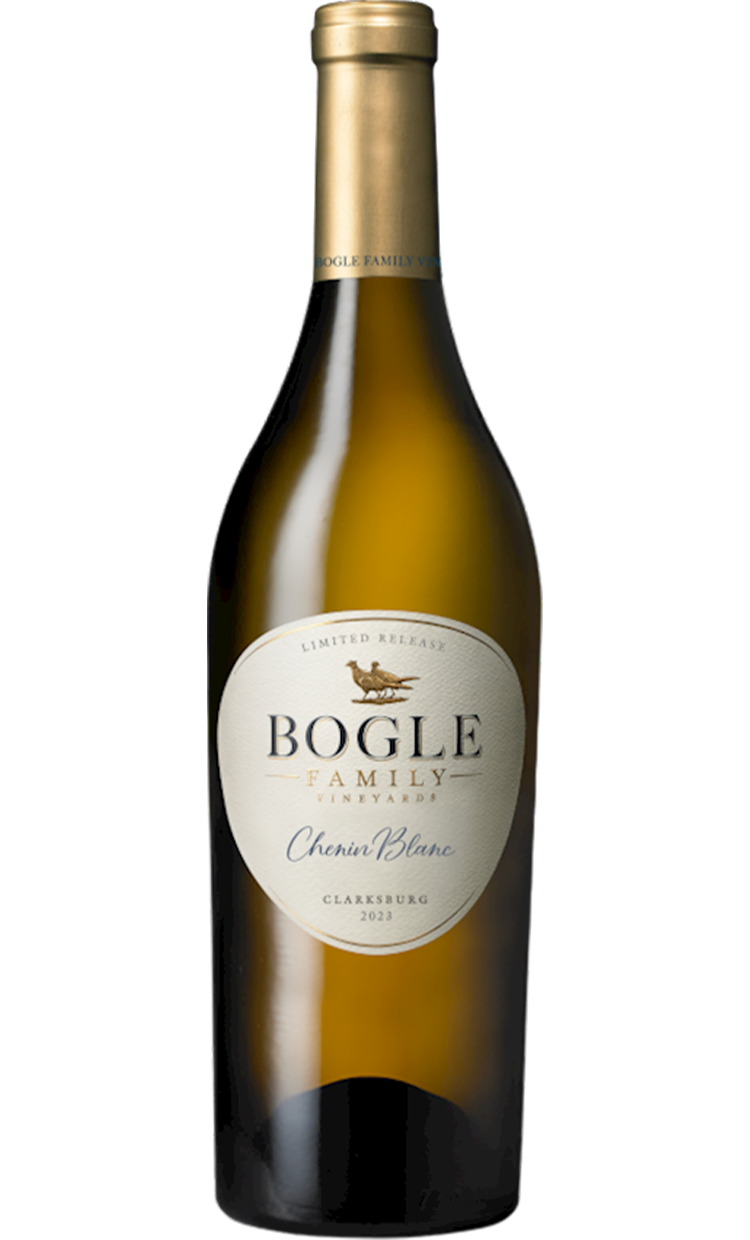
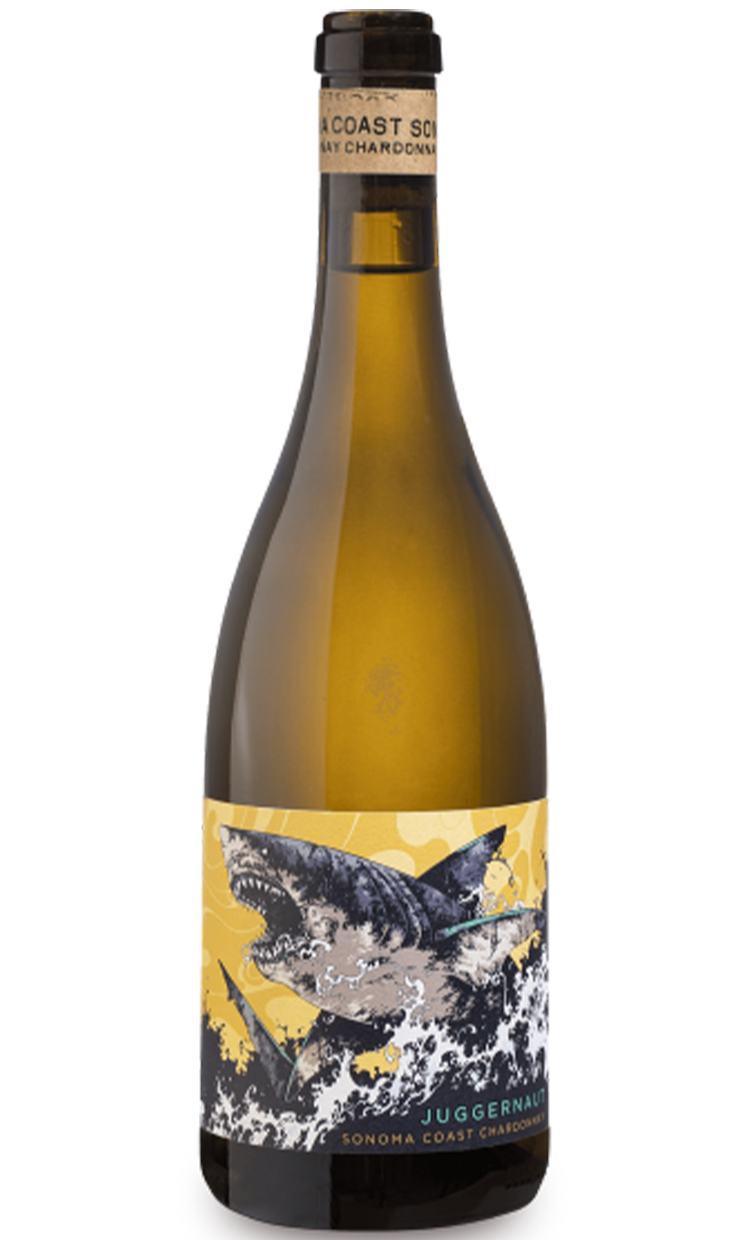
![ELEMENT[AL]](https://www.dynamiki-sa.gr/uploads/1/image_png/o_1j1b5qeal171f6oe1vcra0tf3ir.png)
